Symposium 3 Report: Multi-Ethnicity in 11th century-Armies from the Mediterranean and Beyond (Scuola di Specializzazzione in Beni Archeologi, Siracusa, Italy, 13-15 November 2025)
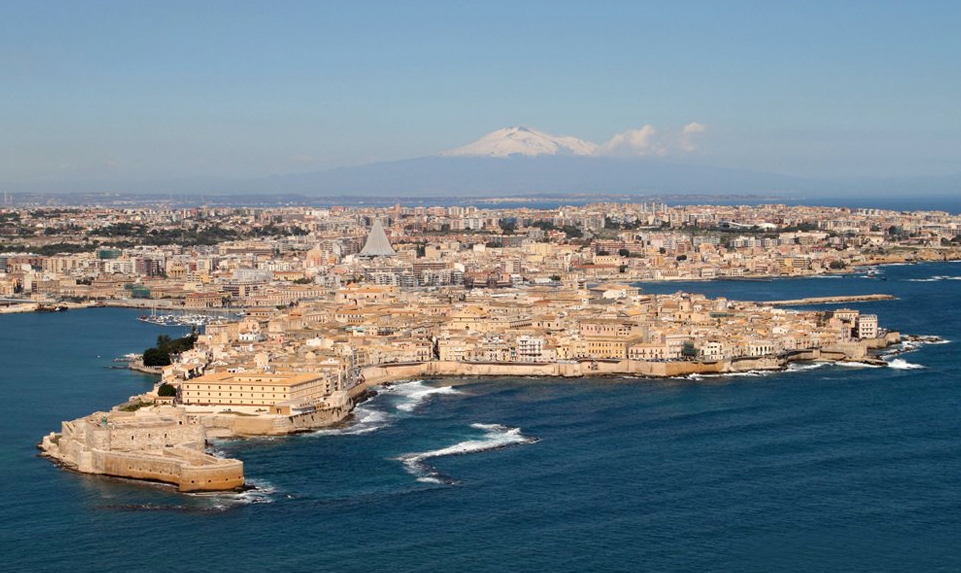
The intense multi-ethnic and multicultural features of the Middle Byzantine military are very well known, but scholarship has neglected to compare that to Byzantium’s neighbors and other regions in close contact with Byzantium, from the Mediterranean, to northern and eastern Europe, and the Levant. This symposium explored how, in the century before the crusades, military service was a medium for multi-ethnic and multi-cultural cooperative encounters across a large, diverse, but interconnected geographical area, which is a topical but neglected aspect of its medieval societies. How widespread was that phenomenon and its intensity, and what were its dynamics and its relations with wider societies? Tackling those questions required a collaborative approach, and this symposium used the experiences of the Norwegian Harald Hardrada as its center of gravity, whose Byzantine formative years (from c. 1034 to 1042) are probably the best documented embodiment of that phenomenon.
While the multi-ethnic features of the Byzantine military attracted Harald to Byzantium, the reach of its operations is what determined his extensive Mediterranean travels, which also led him to counters its neighbors, whose military forces were often multicultural and multi-ethnic too. The Sicilian campaign of 1038, for example, saw participants coming from as far afield as Iceland in the North, Central Asia in the East, Sub-Saharan Africa in the South, and the Iberian Peninsula in the West.
As in the tradition of the symposia of the project, along with the academically intensive meetings, we had a research-inspired performance by James Cave and Futaba Sato, who responded to our primary sources, respectively Icelandic sagas and Kekaumenos’ Trategicon.
There were also great social events that allowed to immerse in Sicilian culture and excursions tied to the location and theme of the symposium, which took place in Palazzo Charamonte, a fourteenth-century palace in Ortigia (the core of old Siracusa) that is now the venue of the Scuola di Specializzazzione in Beni Archeologi of the University of Catania. The excursions included the Catacombs of Santa Lucia and Castello Maniace, while other places that were visited included the cathedral (which integrates an ancient Greek temple), and the archaeological park.
We wish to thank the Scuola di Specializzazzione in Beni Archeologi of the University of Catania and in particular Prof. Lucia Arcifa for their great hospitality!
The photos below are by Felix Chang.
We are now working on the next symposium of the project.
PROGRAMME
Thursday 13 November:
19:00 Arrival and Welcome Reception
Friday 14 November:
9.30-10.30: Welcome Session
- Welcome by Daniele Malfitana (Director of the Scuola di Specializzazione in Beni Archeologici), Lorenzo Guzzardi (Direttore Scientifico Ventennale Unesco), Lucia Arcifa (University of Catania) and Bergur Þorgeirsson (Director of the Snorrastofa Cultural and Research Centre)
- Overview of the Viking in the Sun project by Gianluca Raccagni (University of Edinburgh)
- Lucia Arcifa and Gianluca Raccagni: Harald’s Sicily between Icelandic sagas and archaeological evidence
10:30-11.00: Coffee Break
11:00-12:00: The Nordic World 1 (chair Sverrir Jacobsson)
- Caitlin Ellis (University of Oslo): All the king’s men: Late Viking armies and fleets in the North Sea world
- Leif Inge Ree Petersen (Norwegian University of Science and Technology): From Siracusa to Stamford Bridge: Byzantine military influences on the West in the age of Harald Hardrada, William the Conqueror and Robert Guiscard
12:00- 14:00: Lunch
14:00-15:00: The Nordic World 2 (chair Ármann Jacobsson)
- Minoru Ozawa (University of Rikkyo): After the breakdown of Cnut’s imperium: Harald Hardrada, ethnic transformation, and the East.
- Viðar Pálsson (University of Iceland): Gift-Giving and character portrait of King Harald Hardrada
15:00- 16:00: The Islamic World (chair Bergur Þorgeirsson)
- Delia Cortese (Middlesex University): Jawhar who?!? One Fatimid general, many ethnic identities
- Tonicha Upham (University of Uppsala): The Rūs, Their Swords, and Their Military Allies? Medieval Arabic Presentations of Rūs Military Aggression and Alliance
16:00-16.30: Coffee Break
16.30-17:30: Southern Italy (chair Lucia Arcifa)
- Vivien Prigent (École française de Rome): A host of many nations: Byzantine military forces in Southern Italy (9th-11th centuries)
- Krisztina Ilko (University of Cambridge): Multi-ethnicity in the army of the eleventh-century Charlemagne Chessmen
18.15-19.30: Performance: Field of Broken Ice – Music and Recitations from Heimskringla and The Strategicon of Kekaumenos by James Cave and Futaba Sato
Saturday 15 November:
9:00-10:30: The Byzantine World (chair Gianluca Raccagni)
- Yannis Stouraitis (University of Edinburgh): Ethnicity in the Byzantine armies of the eleventh century
- Sverrir Jacobsson (University of Iceland): The nation of the Varangians and other eleventh-century ethnicities in the Roman empire
- Harald Håvardson Hatløy (Norwegian University of Science and Technology): Foreign Arms, Imperial Image: Varangian Axes in Byzantine Religious Art
10:30-11:00: Coffee Break
11:00-12:00: The Normans (chair Krisztina Ilko)
- Matthew Bennet (formerly The Royal Military Academy Sandhurst and the University of Winchester): Not just Normans…: the composition of Norman Conquest armies and navies from north-western Europe to the Levant: an overview
- William Aird (University of Edinburgh): Homines boreales [‘The men of the North wind’]: the arrival of the Normans in Southern Italy
12:00-12.30: General Discussion and Concluding Remarks
12.30-14:00: Lunch
Afternoon: visit to the Catacombe di Santa Lucia
19:30 Conference Dinner
Sunday 16 November:
Morning: Visit to Castello Maniace










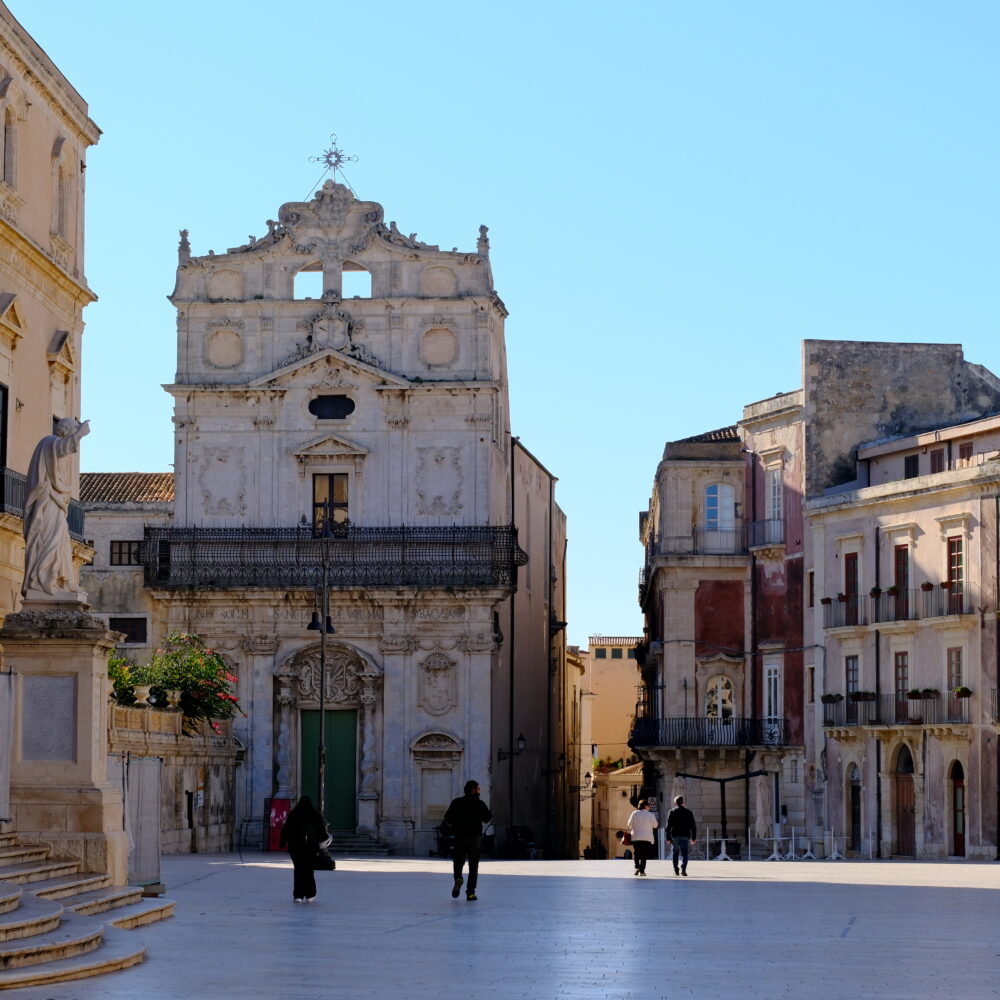


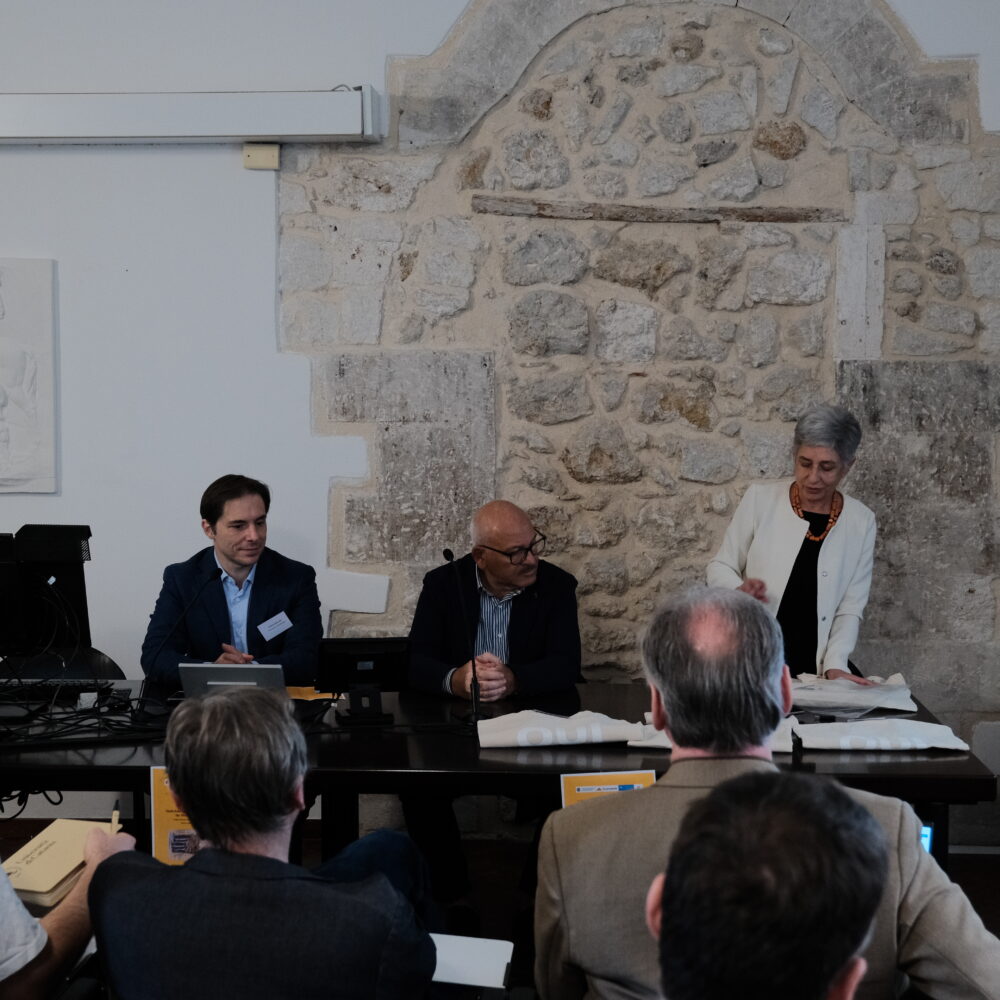
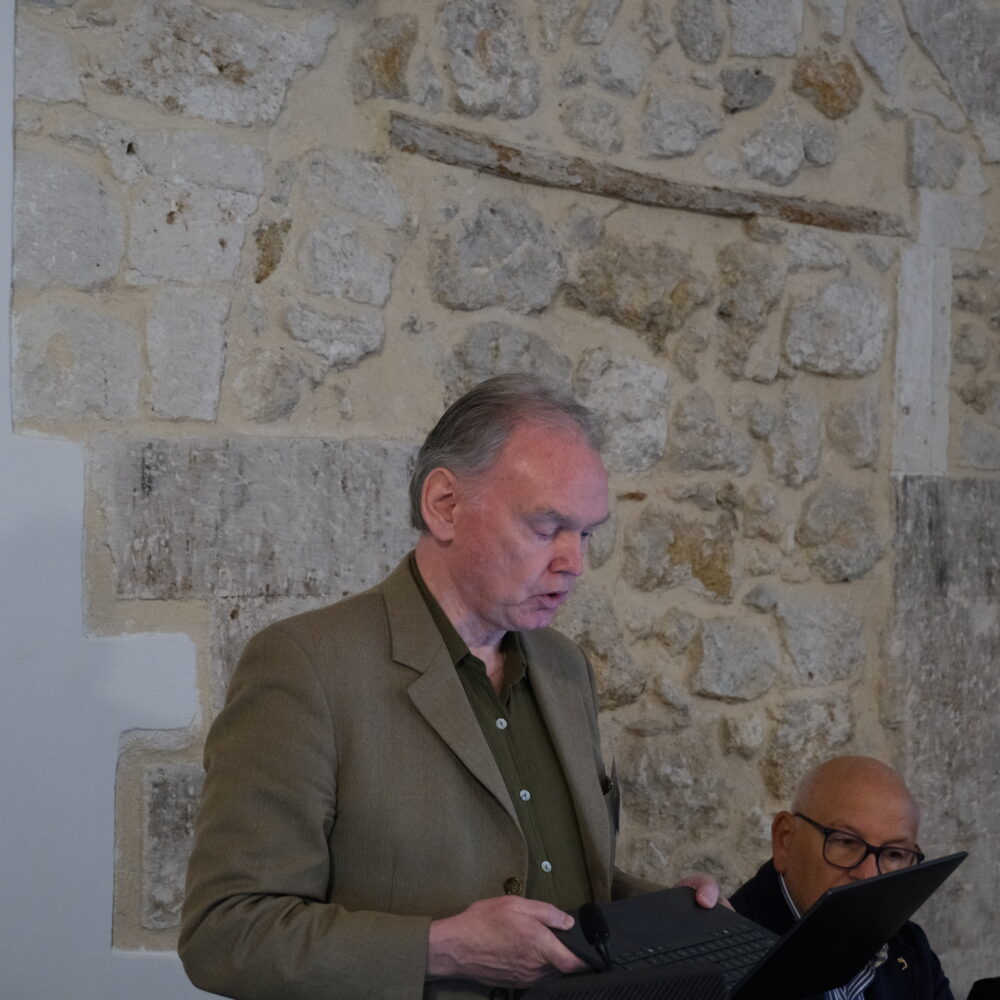


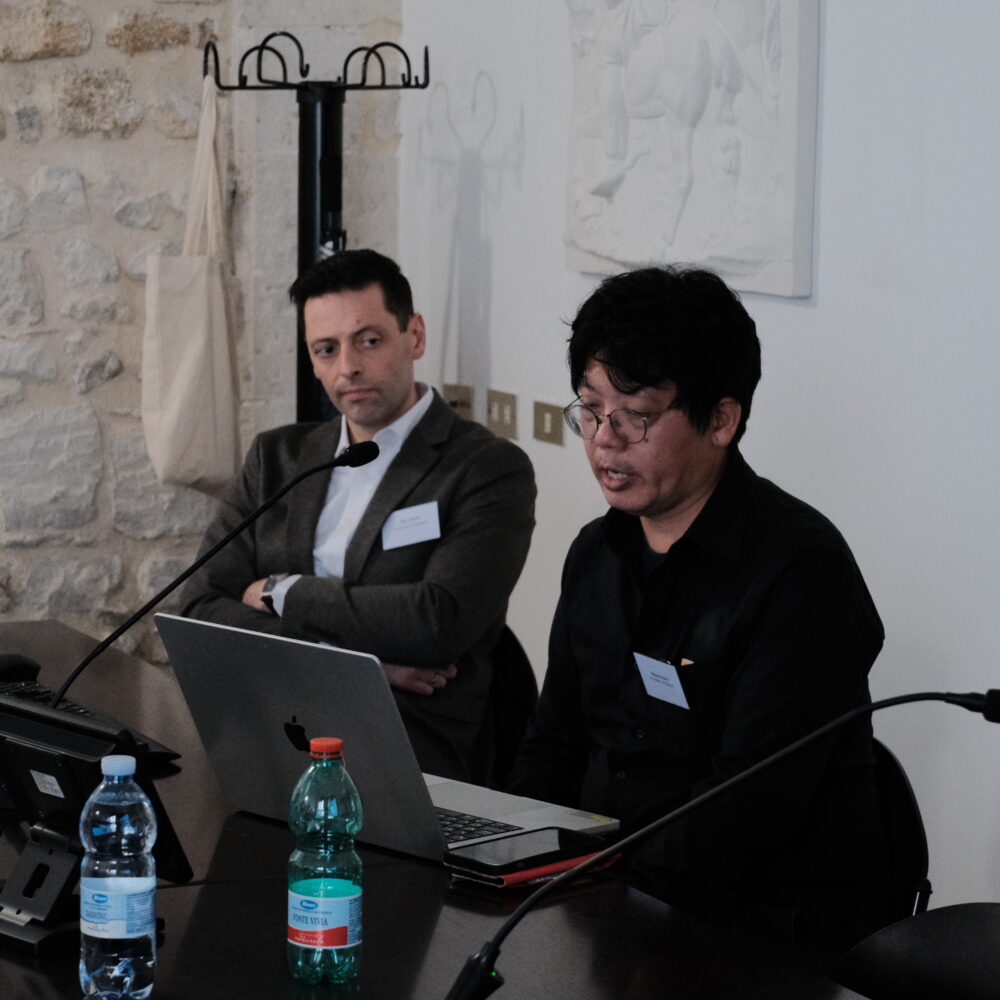
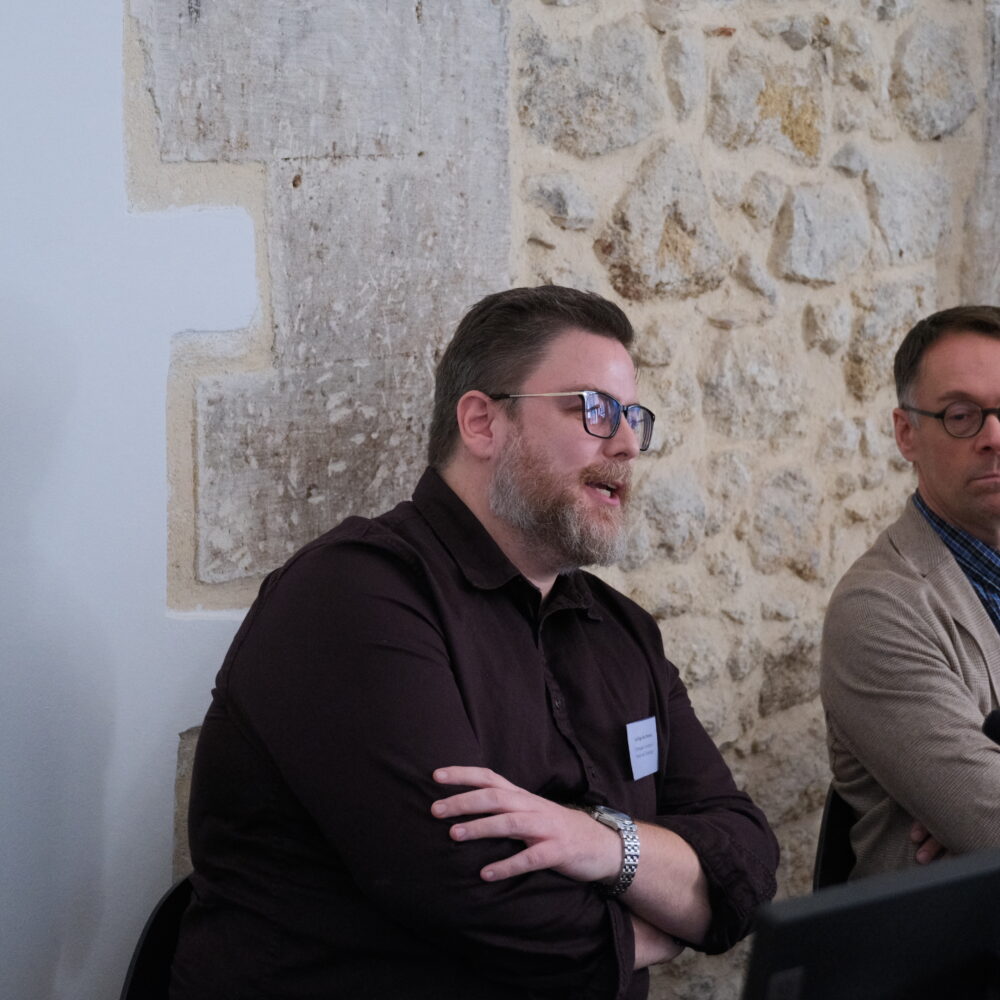
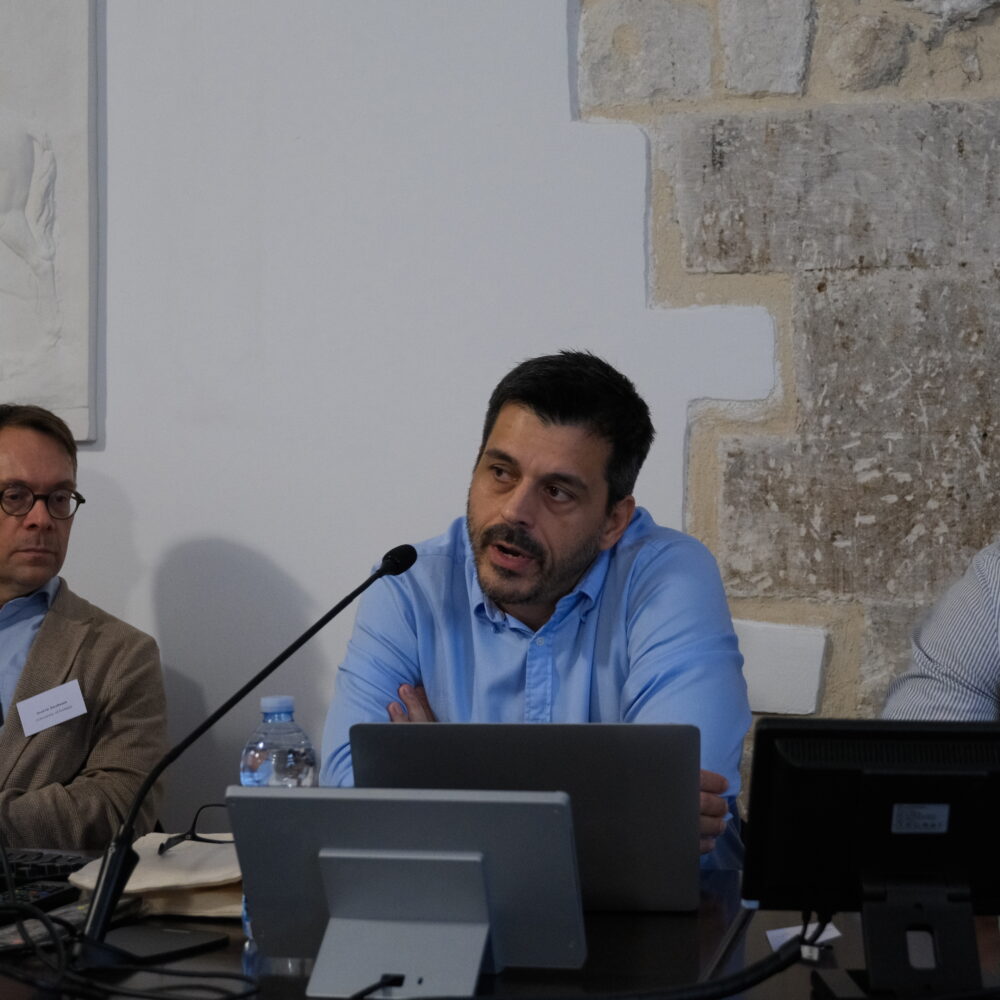
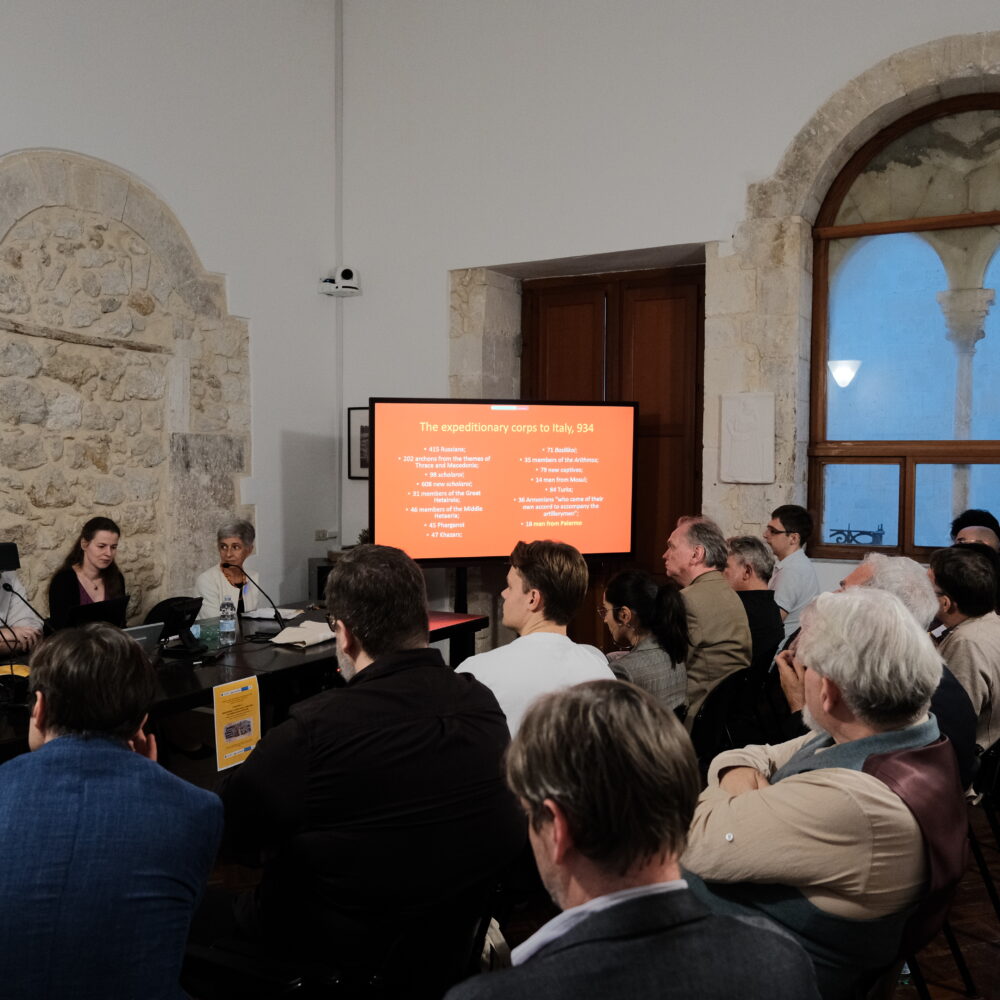
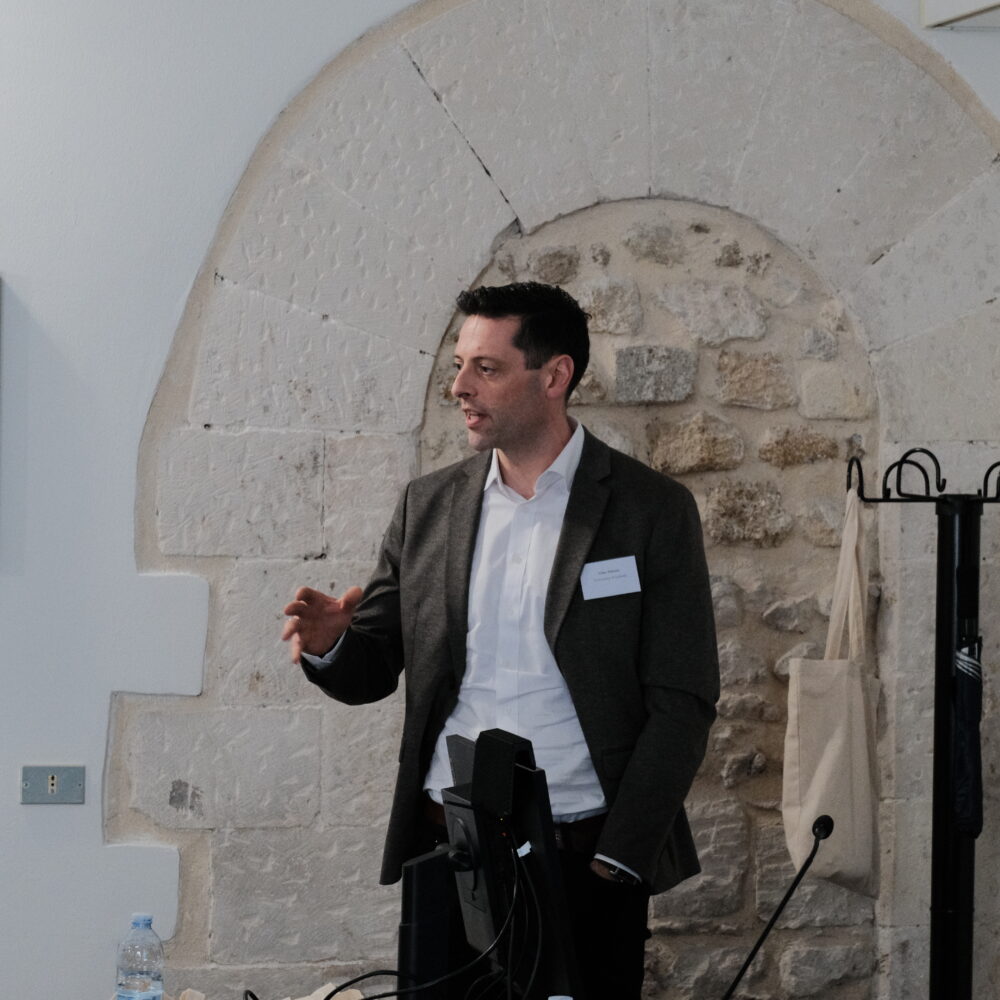



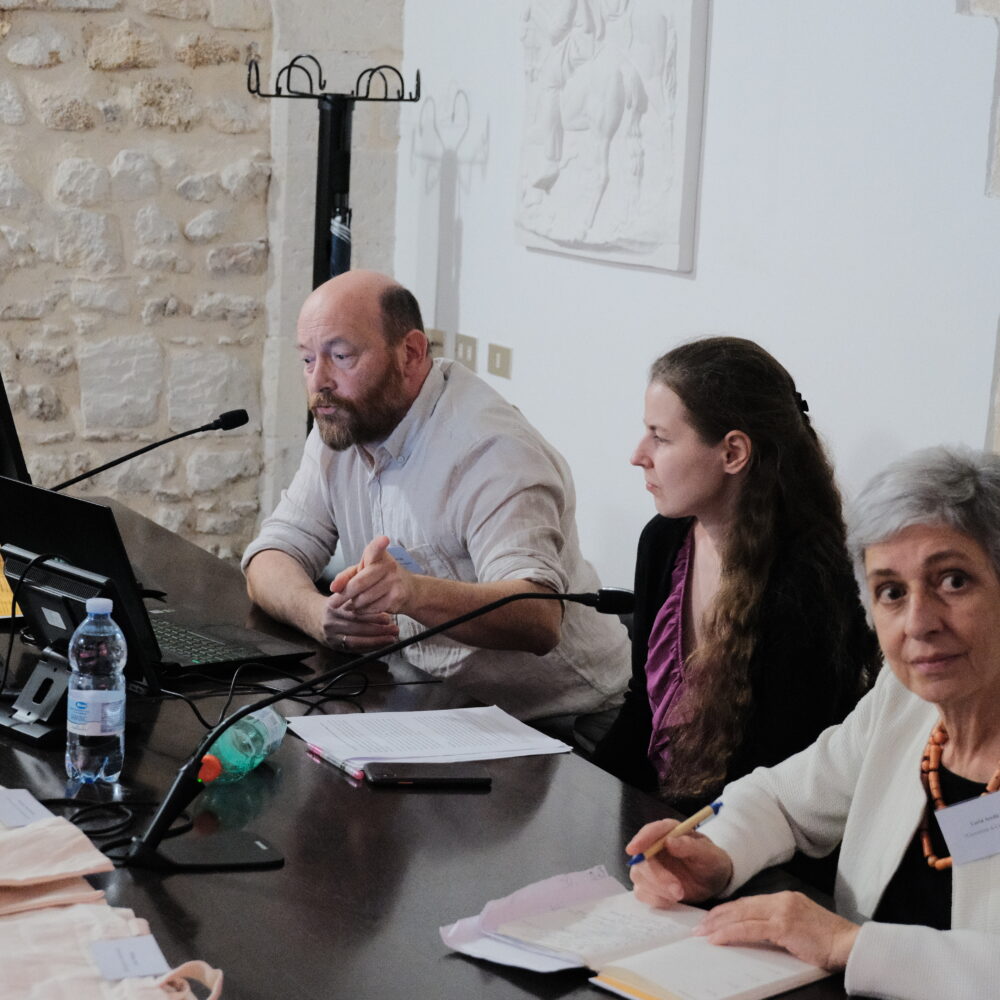
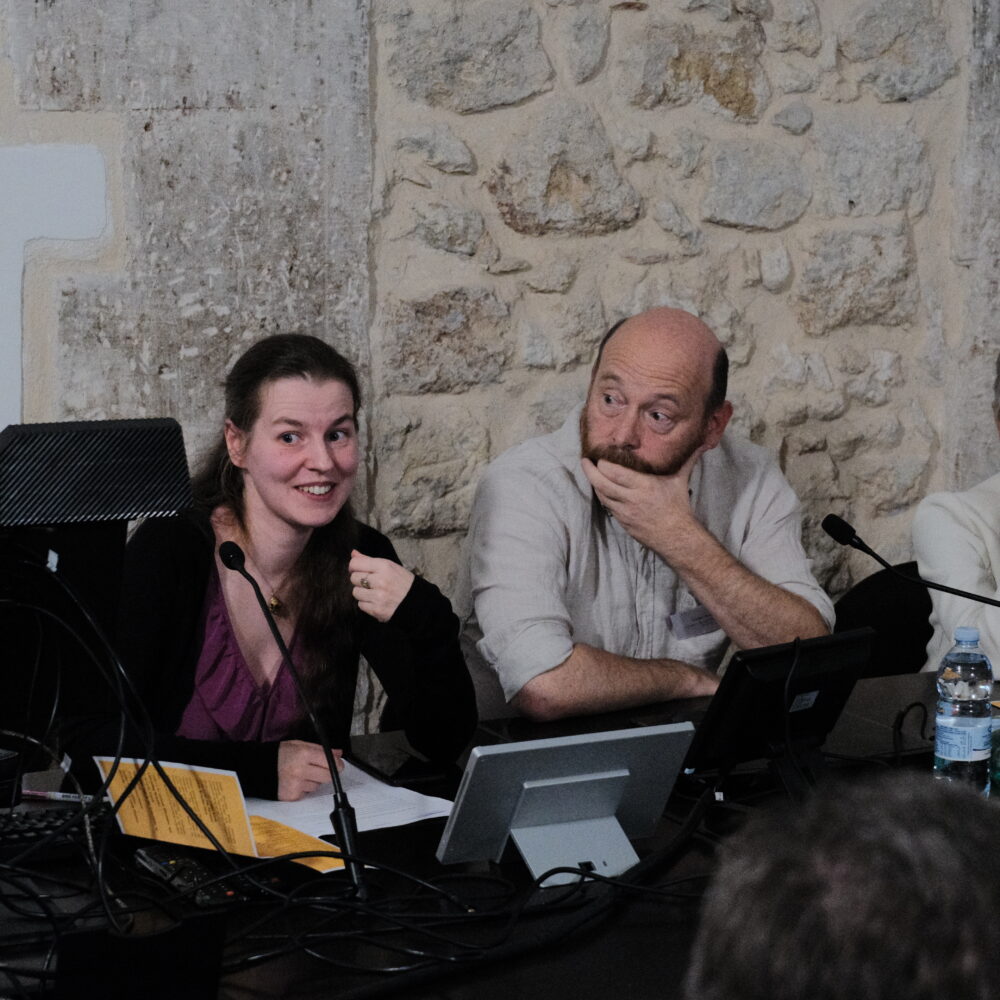
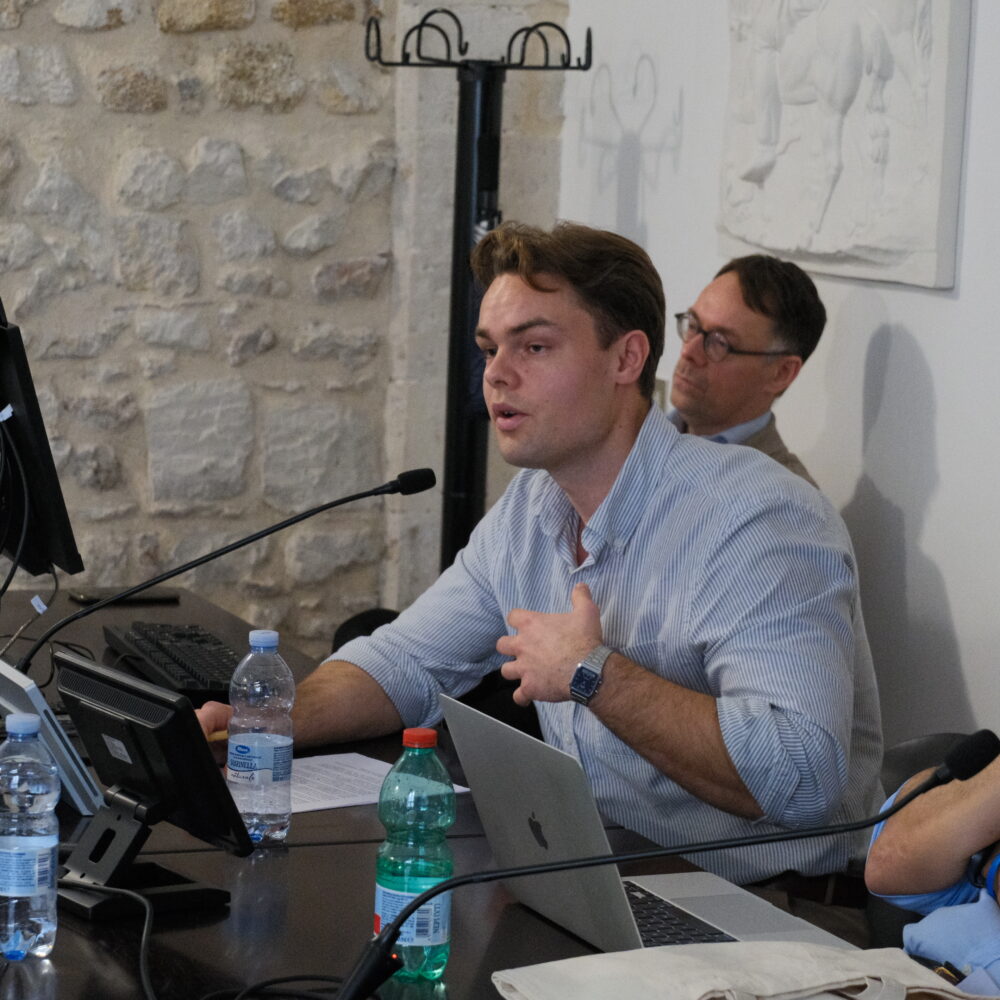
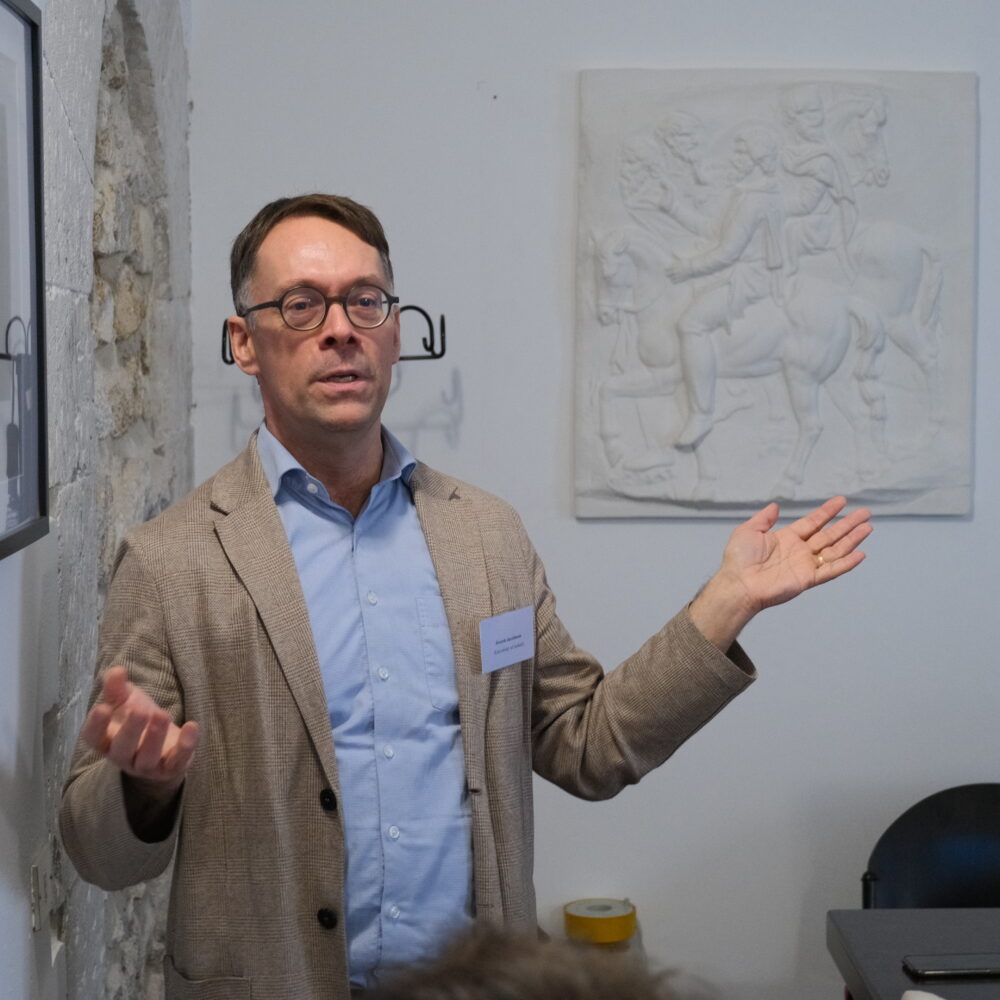
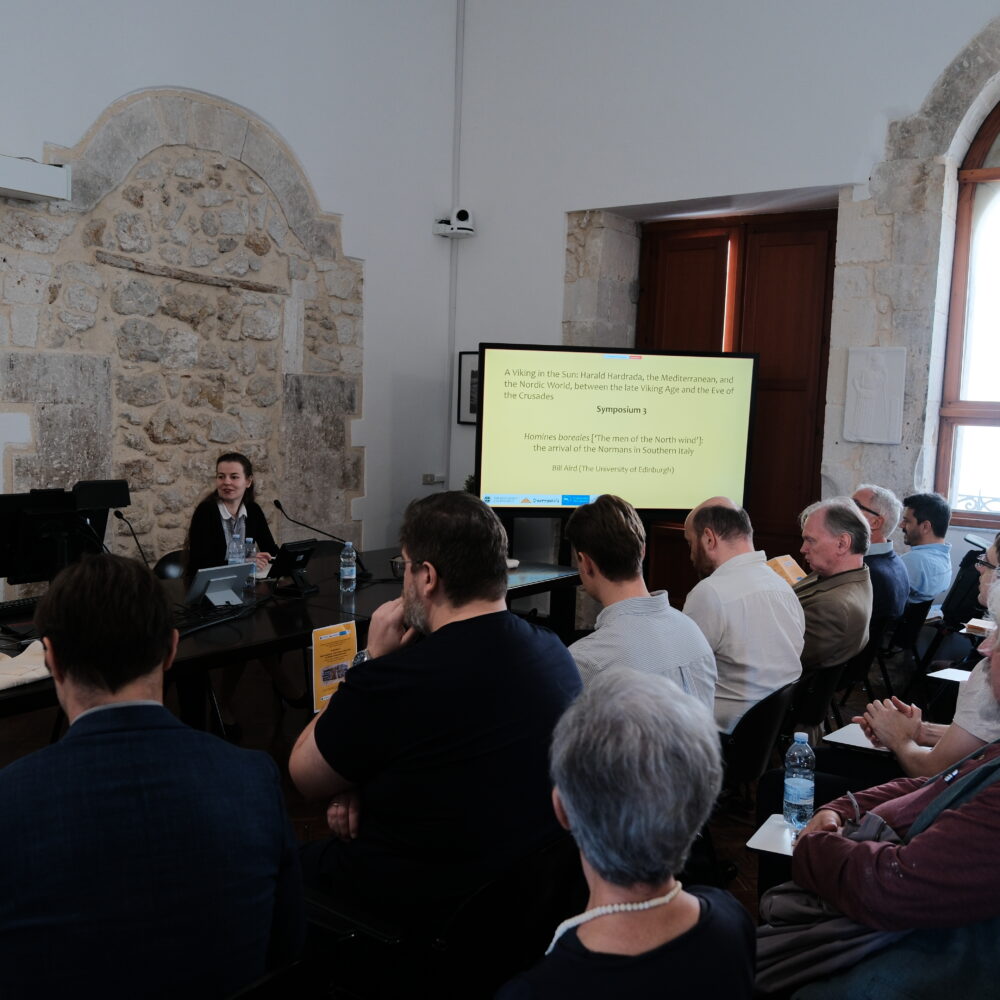
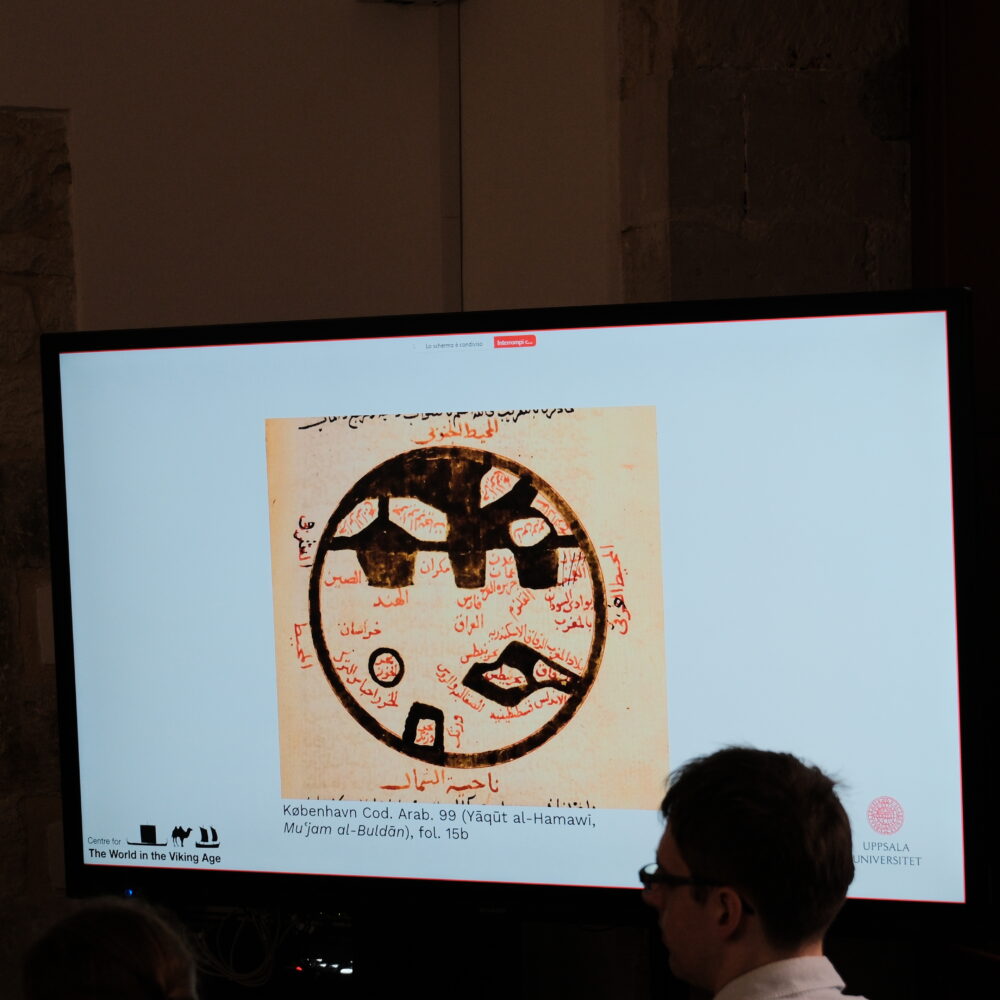
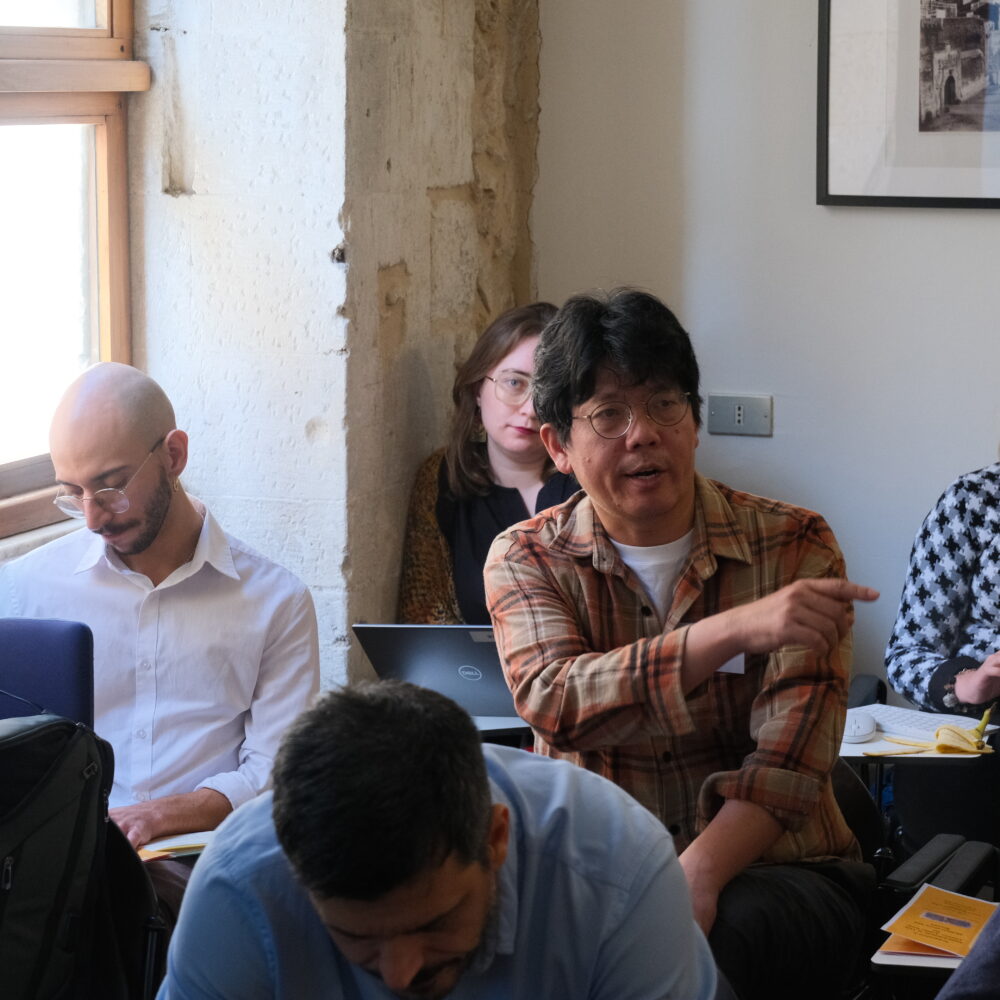
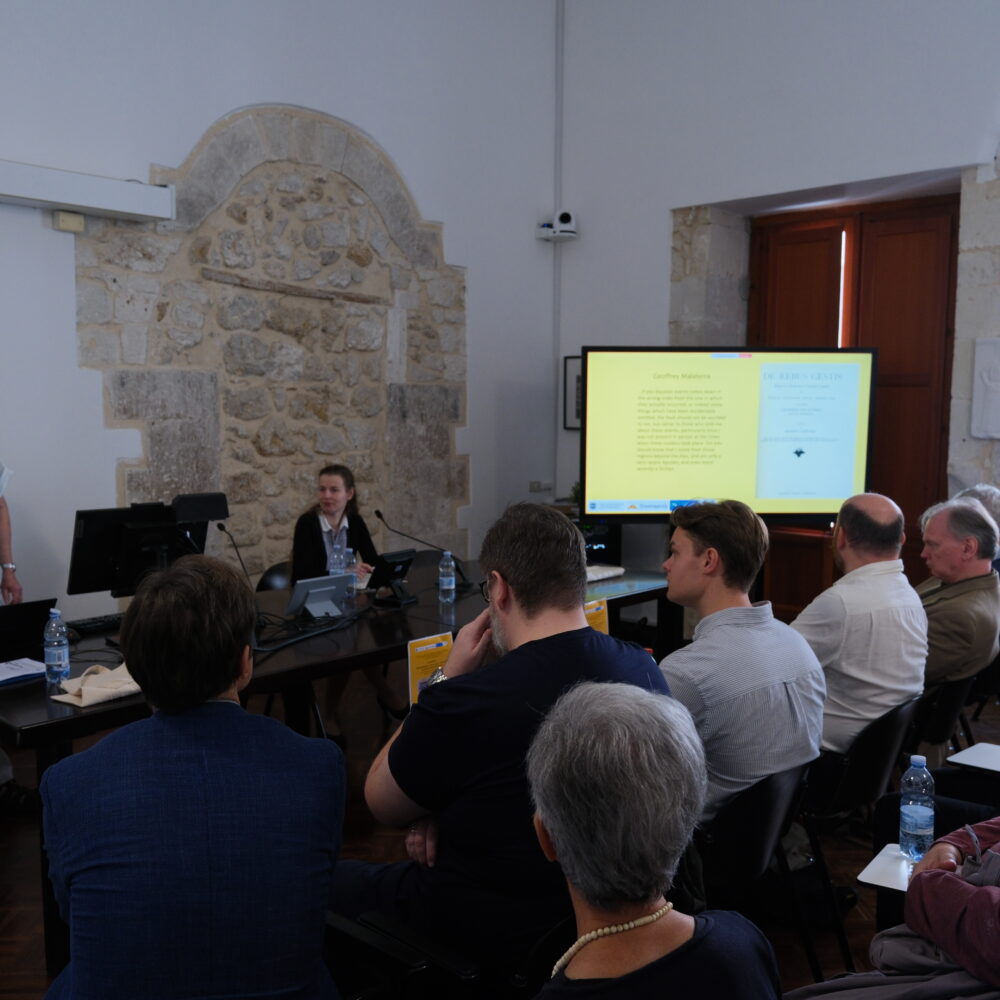
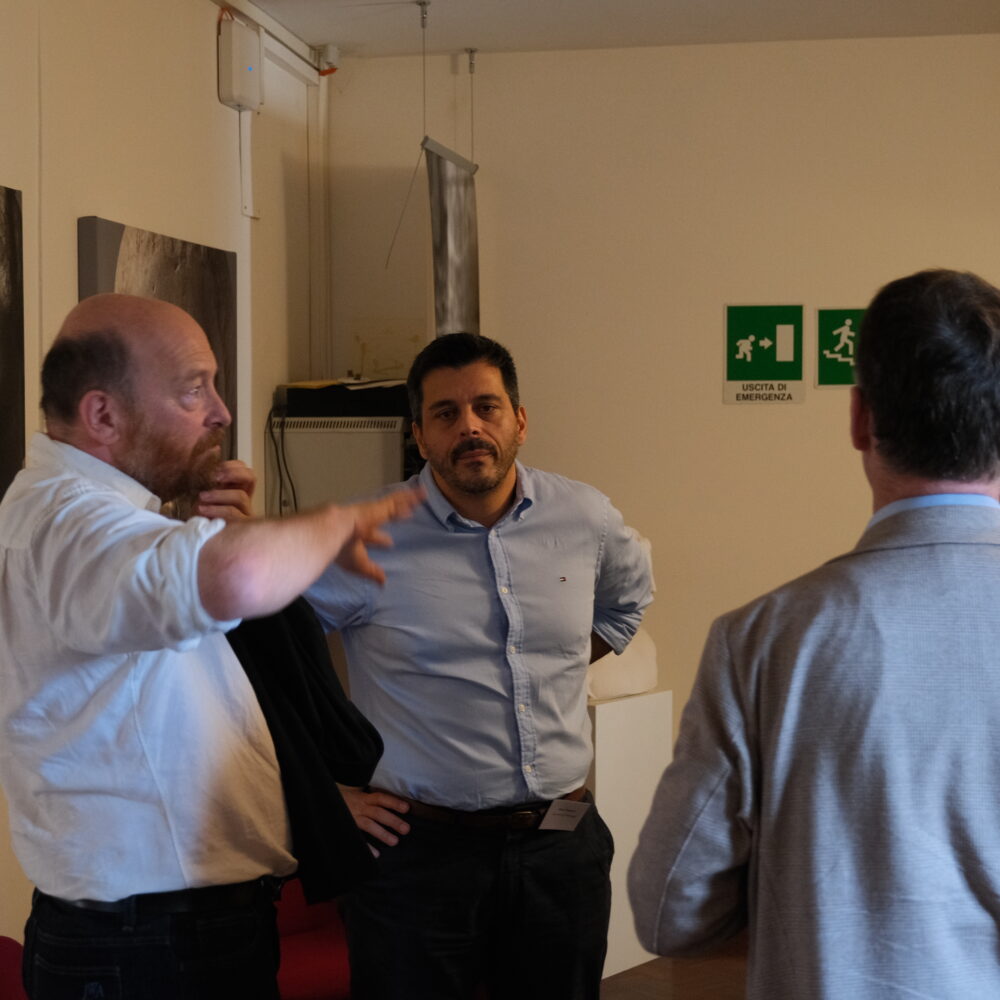
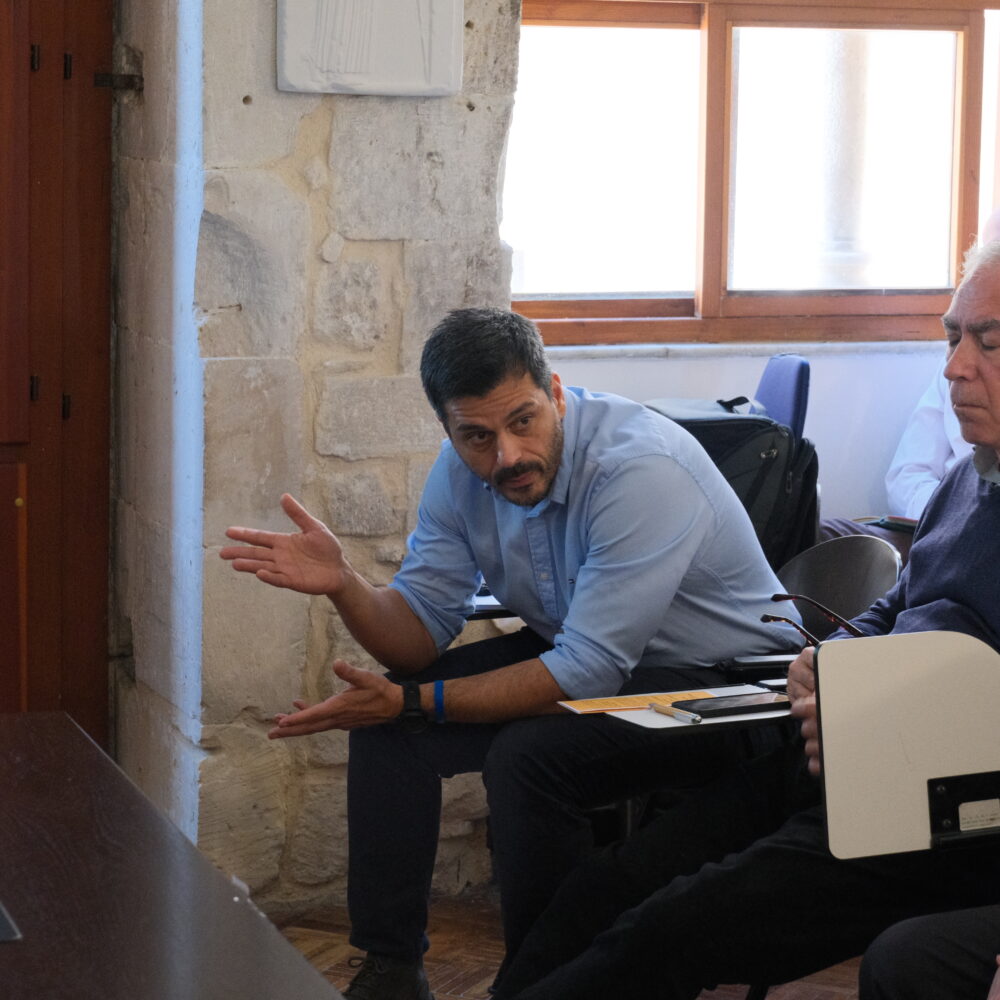
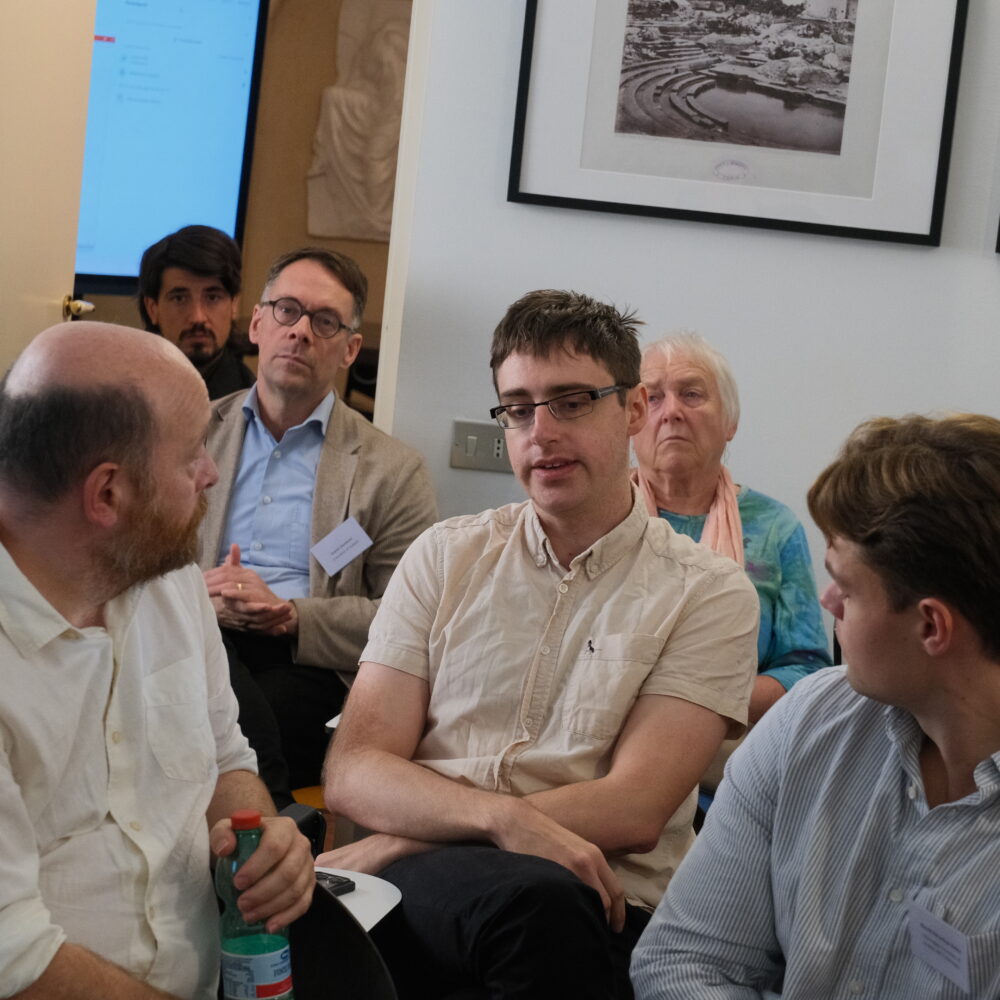
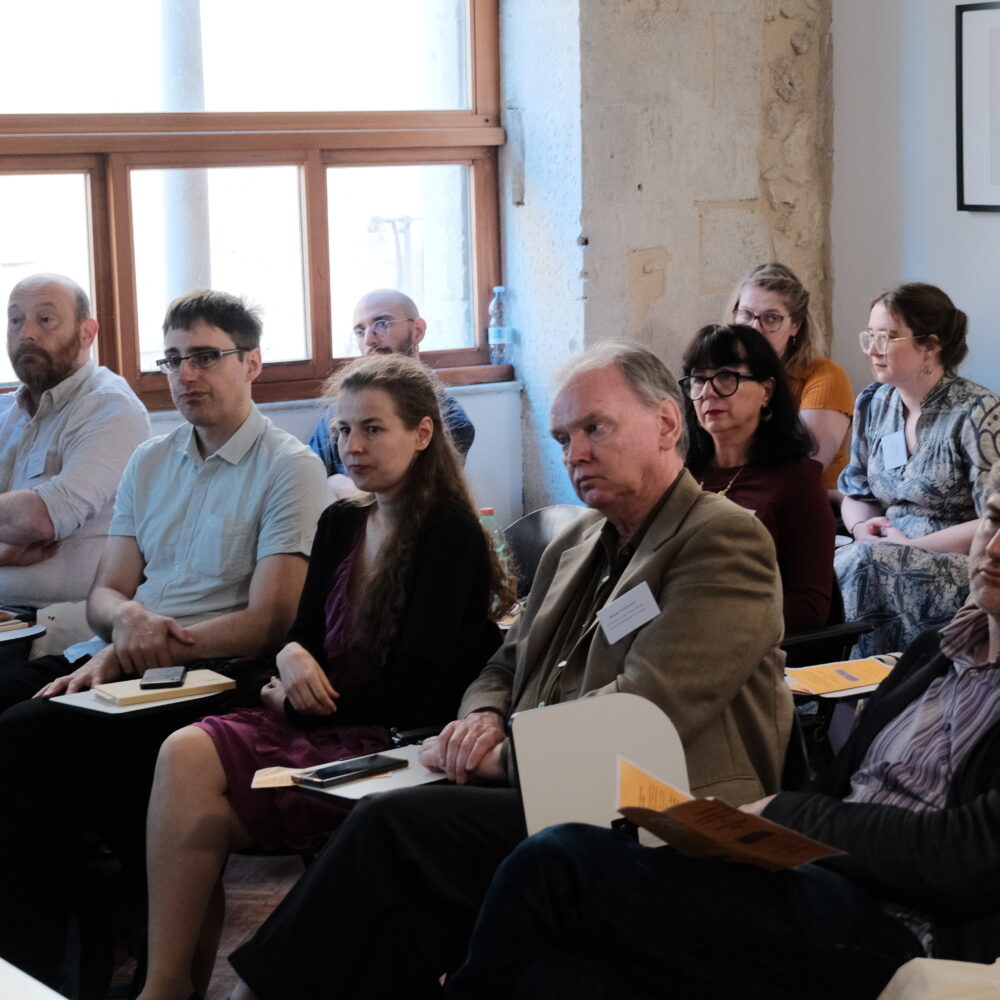

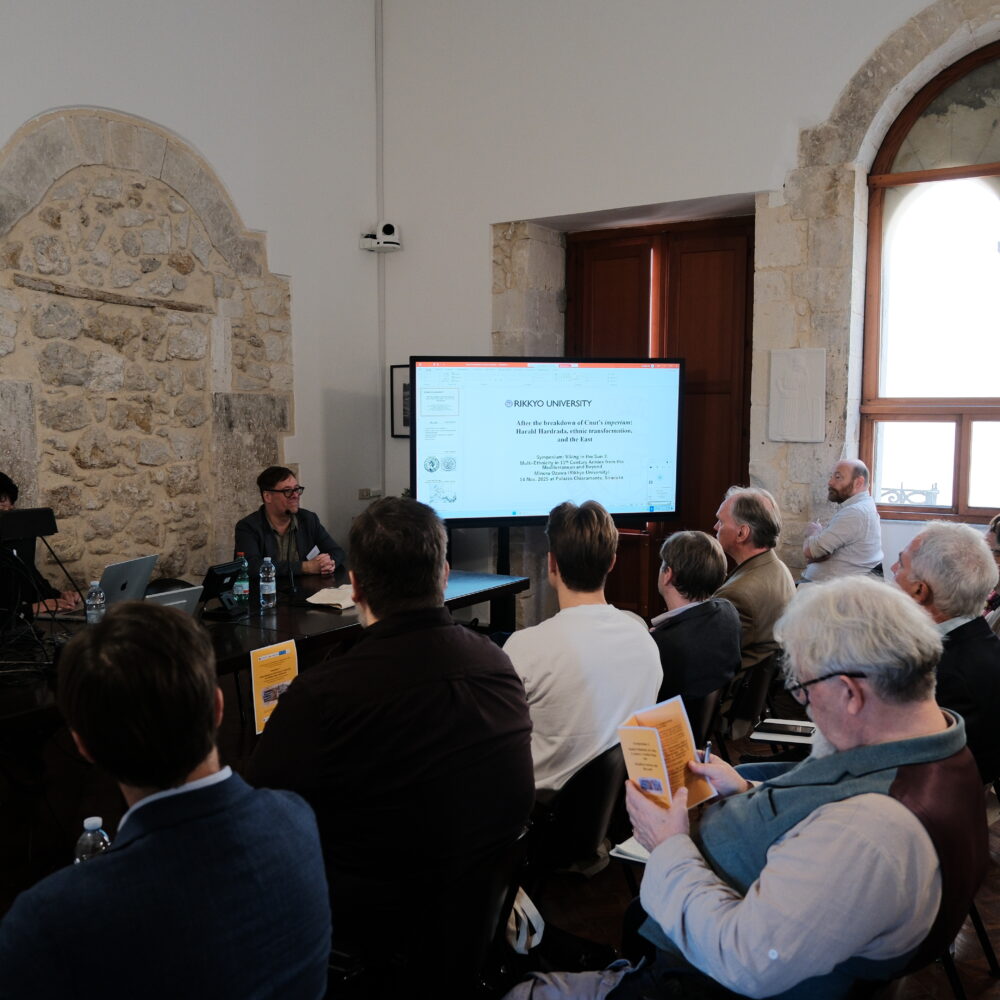
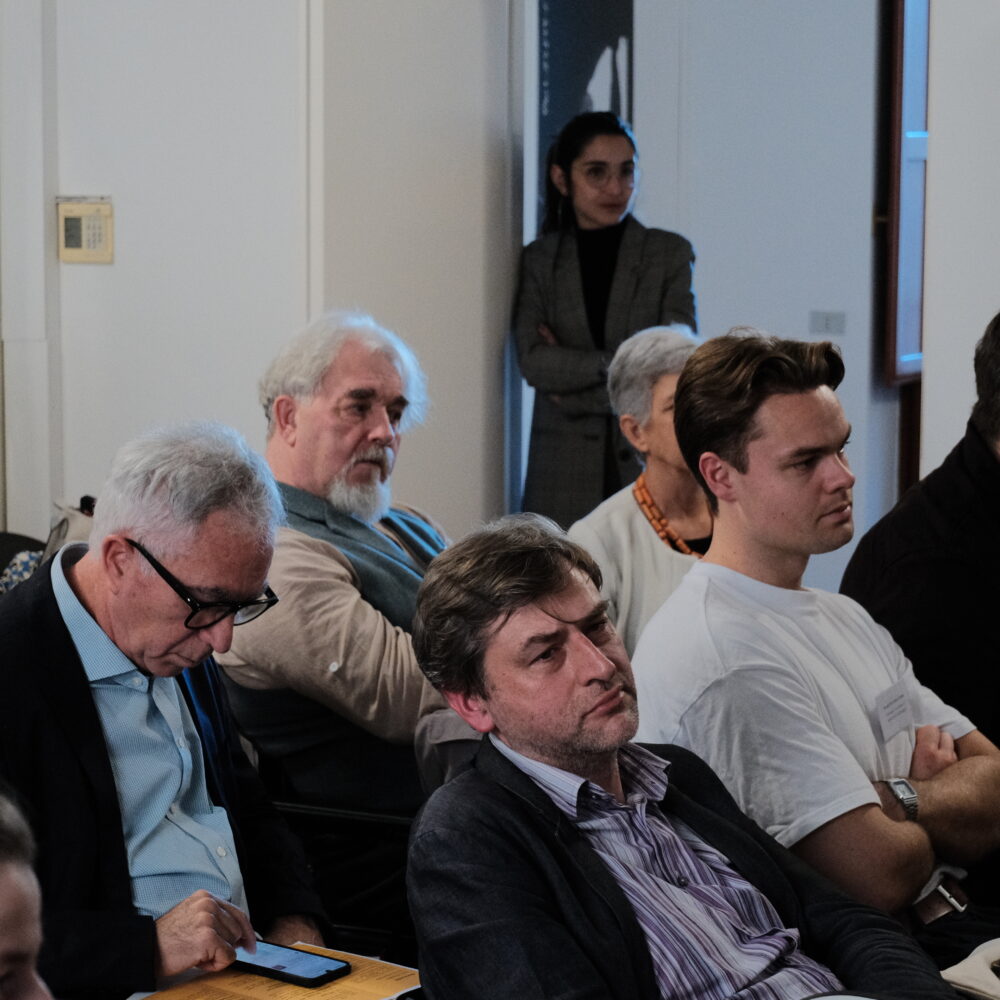

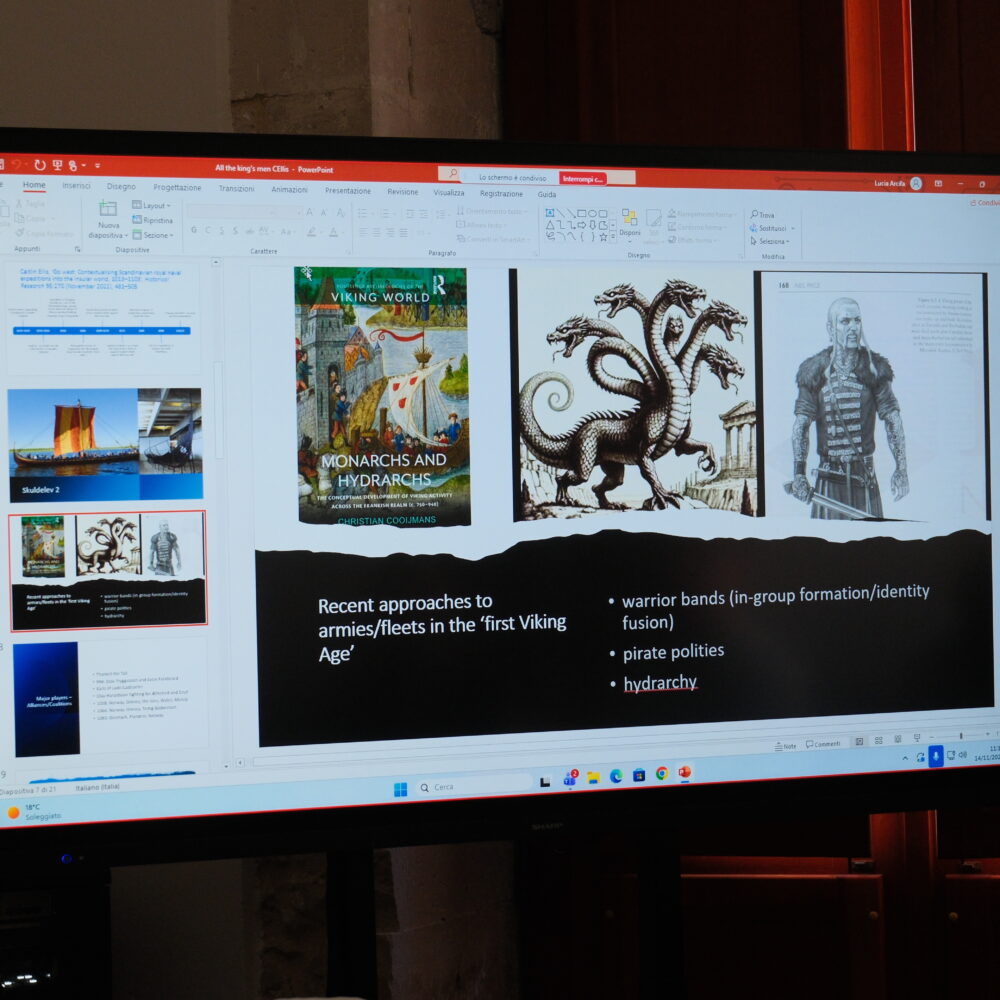
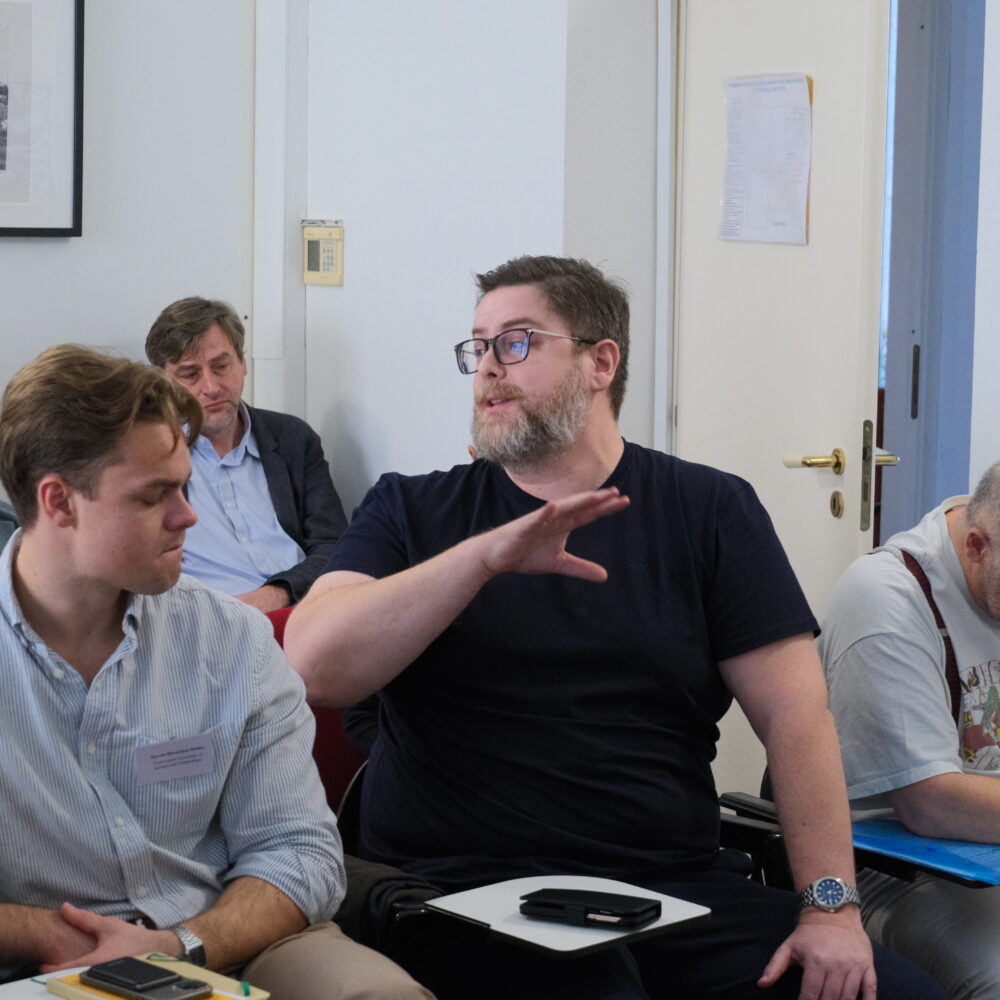
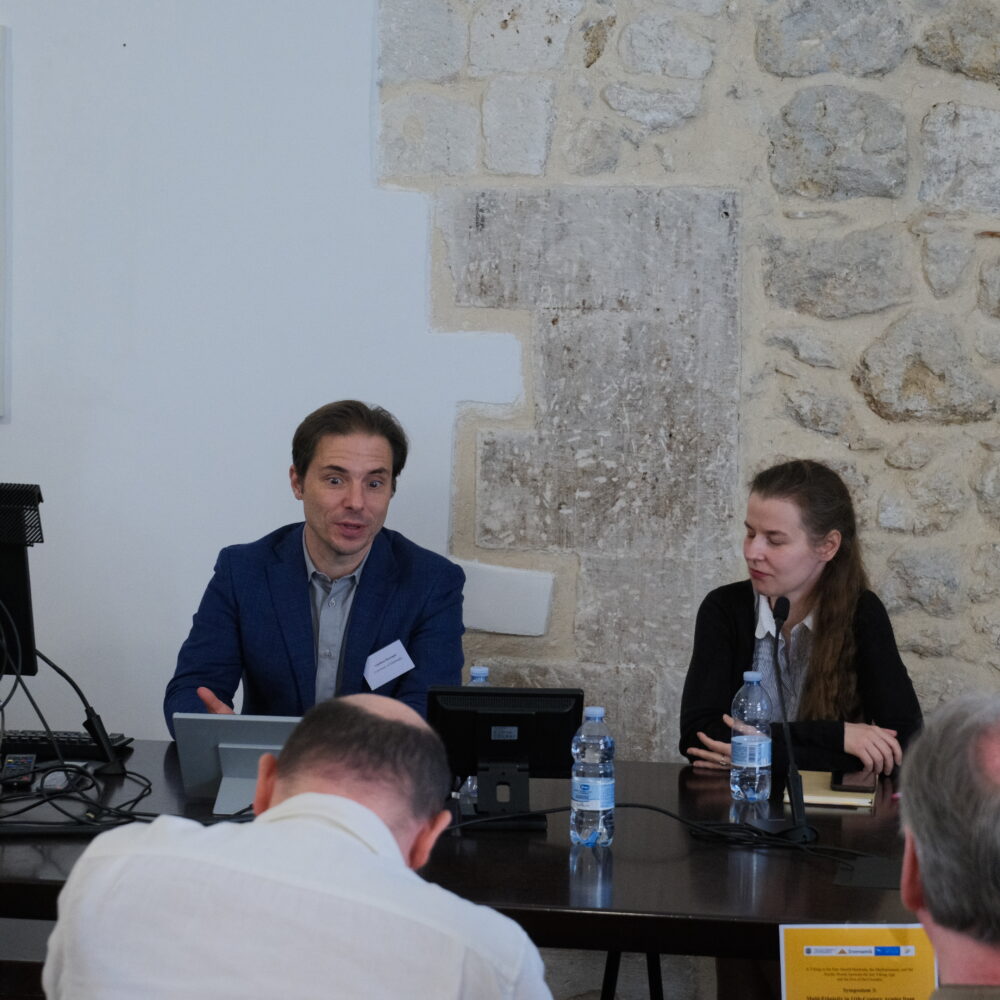

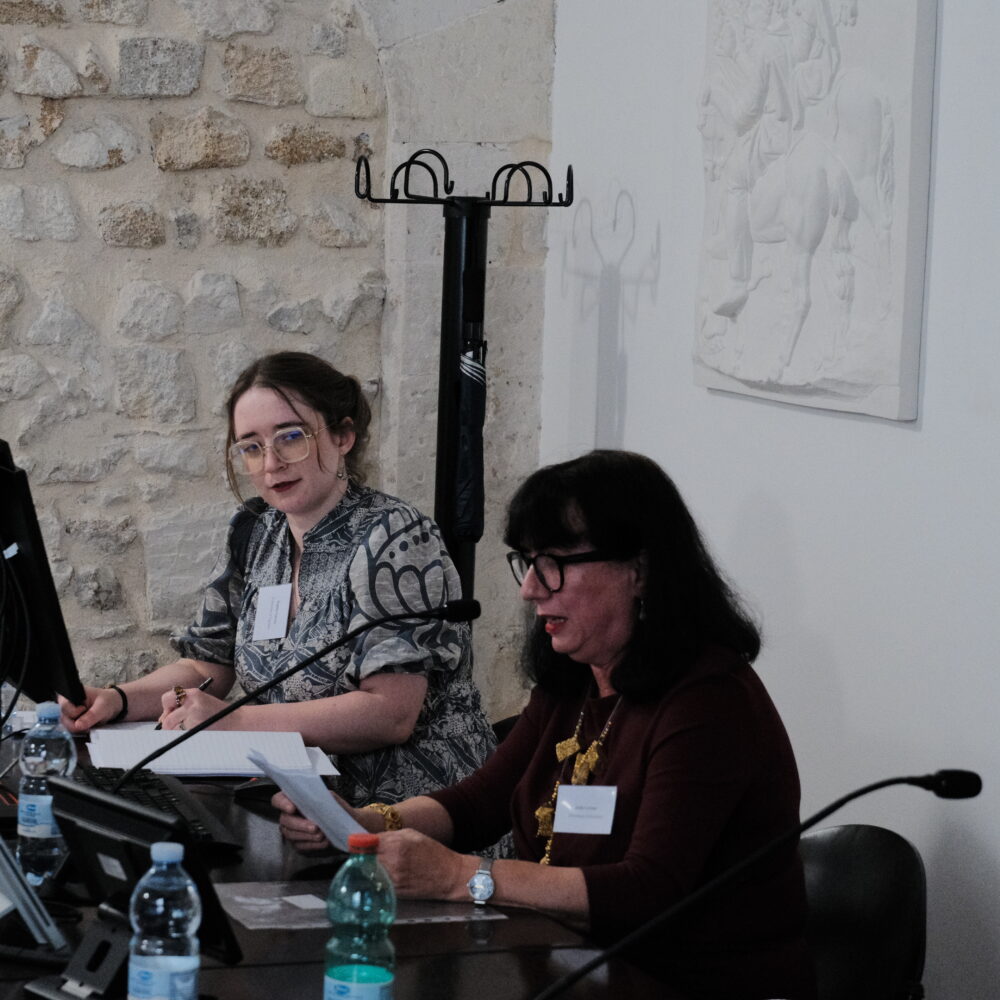


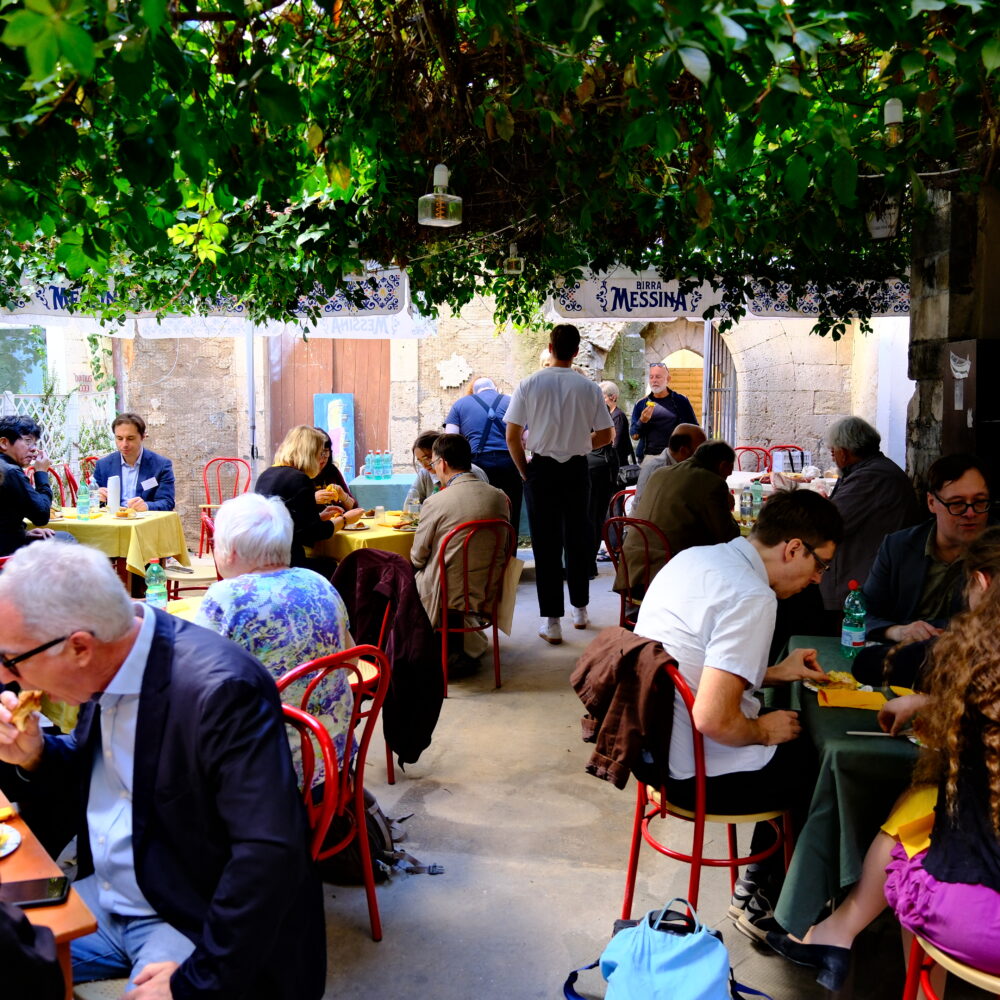
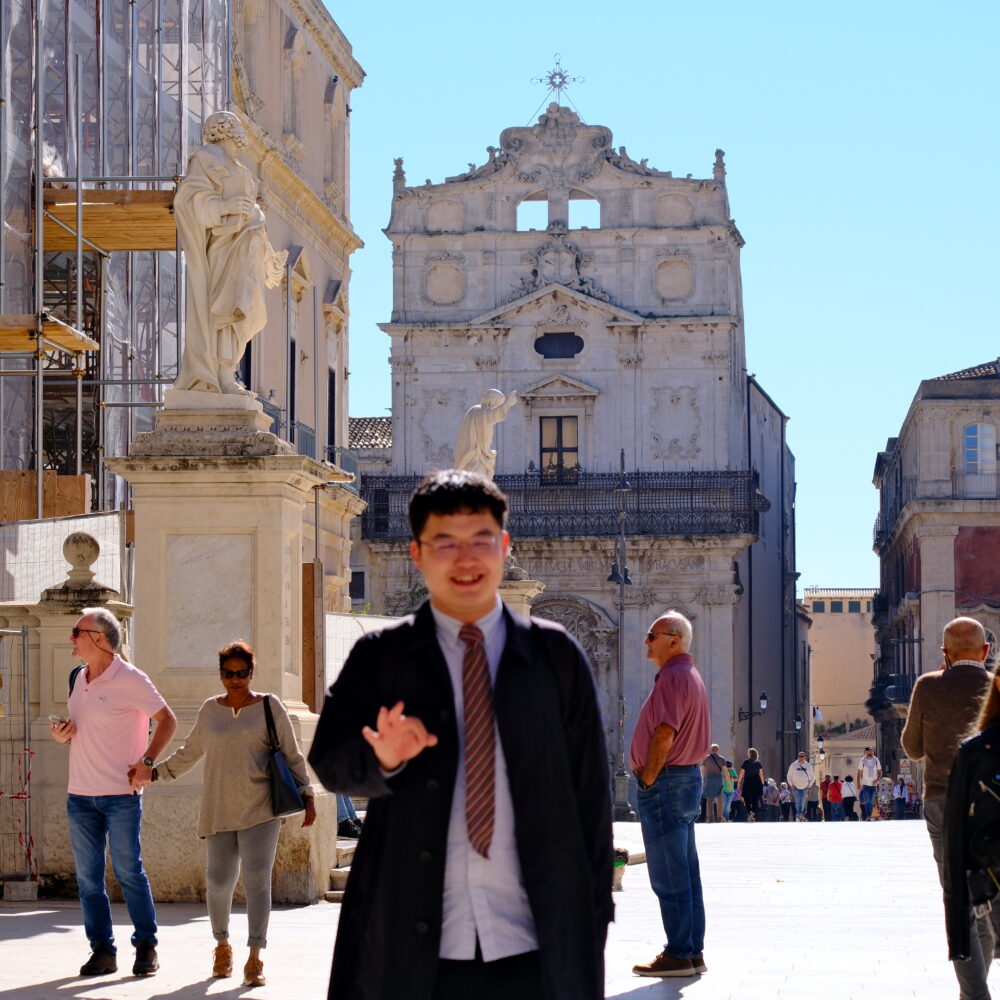

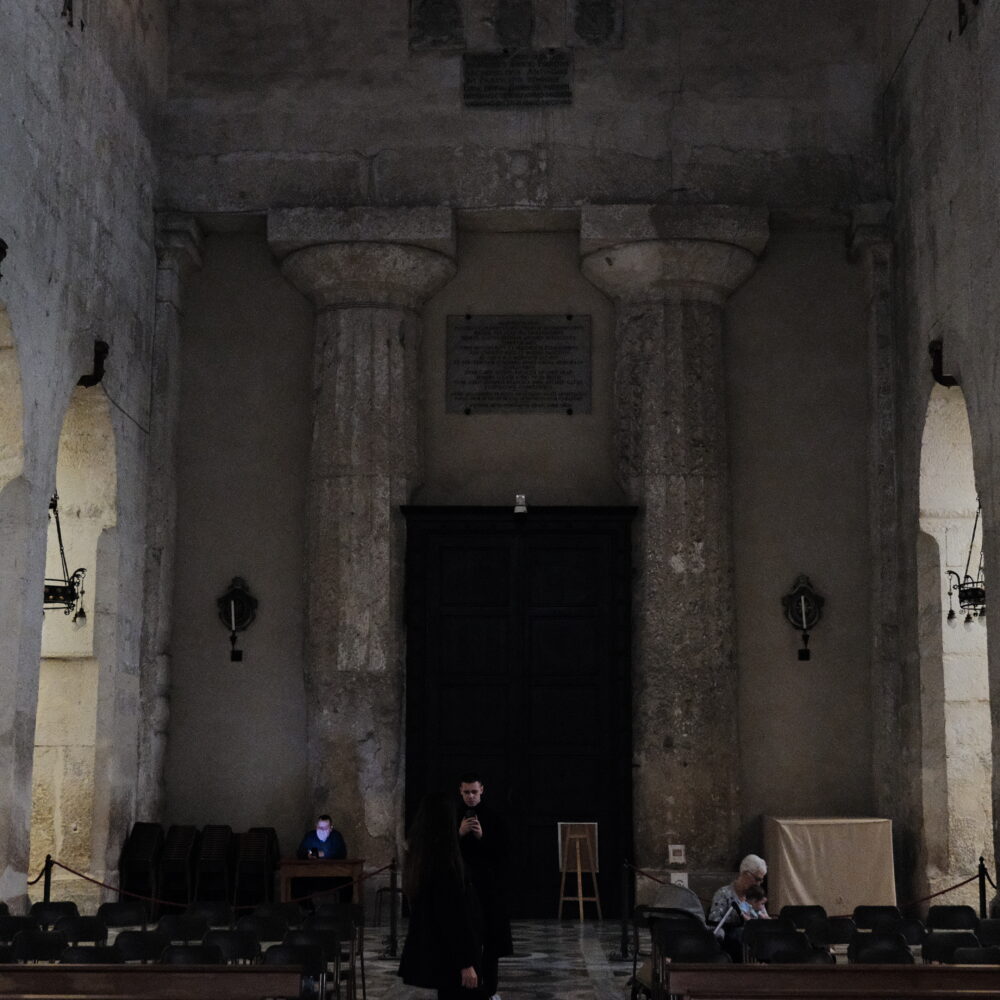
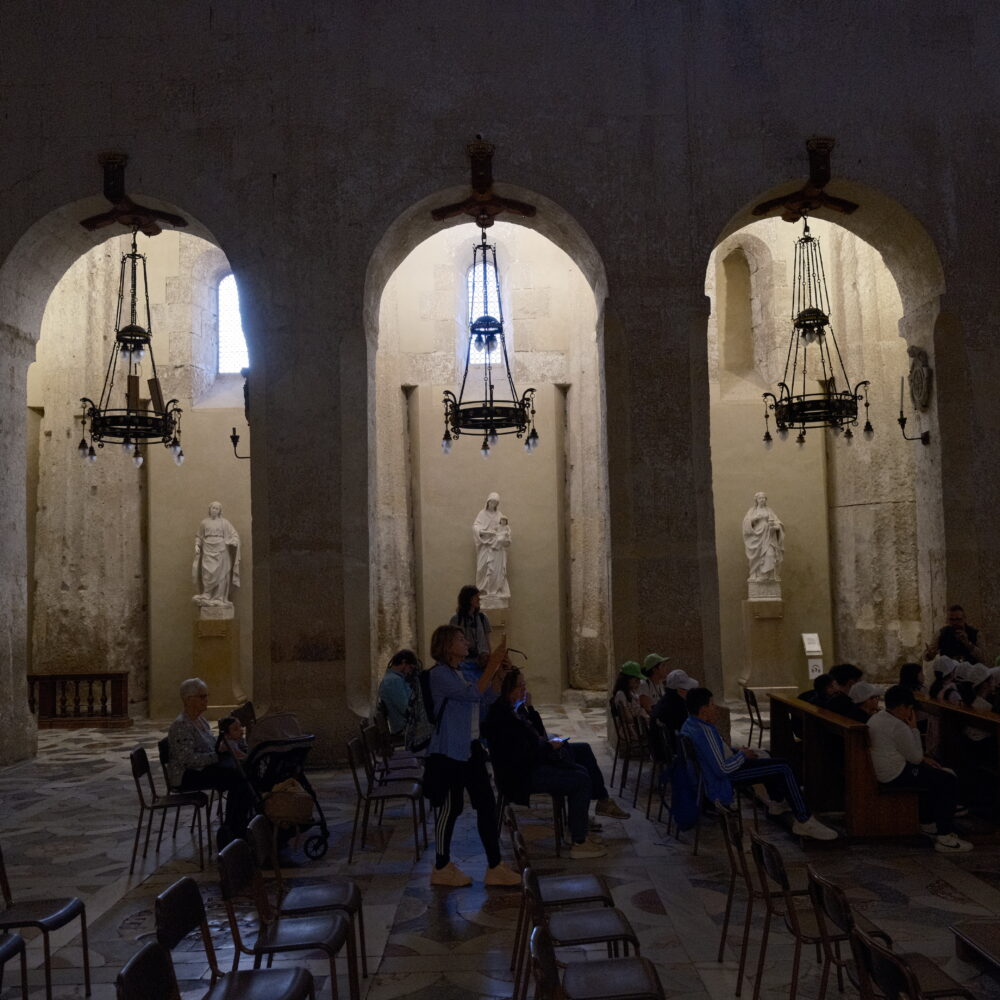

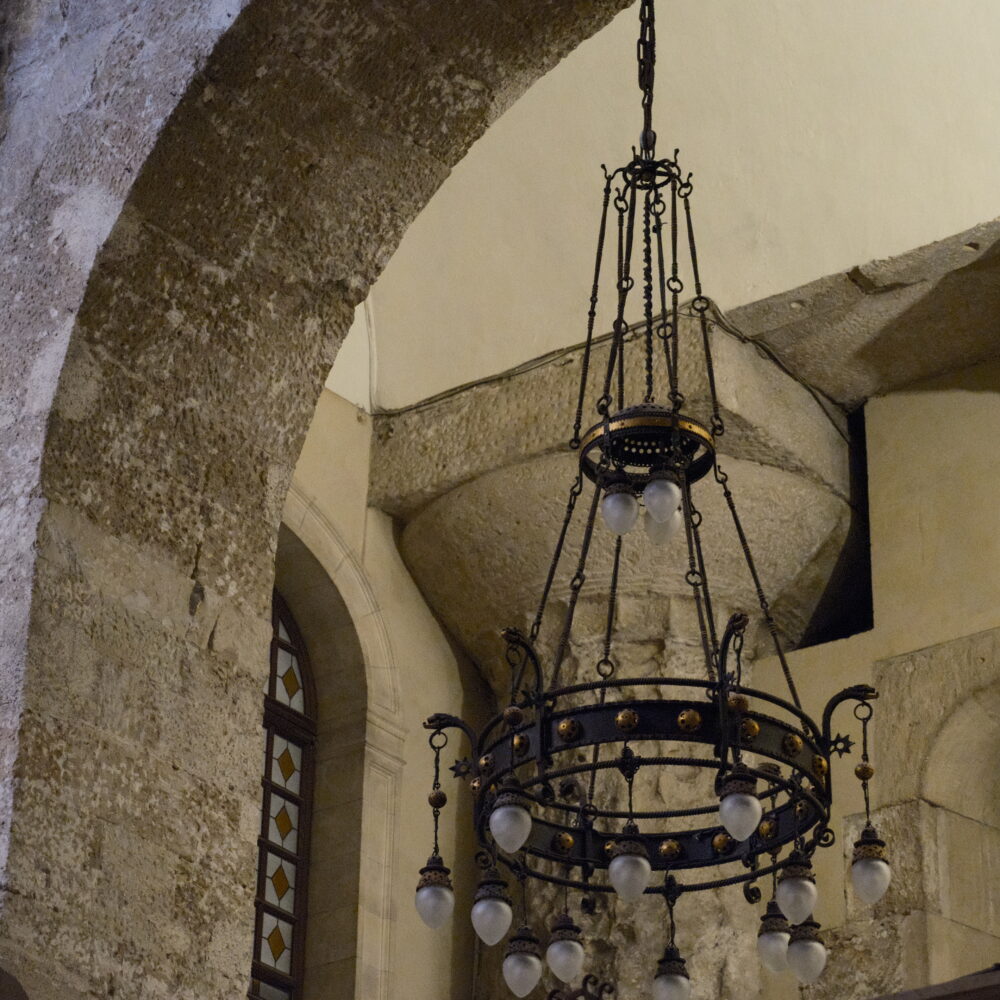
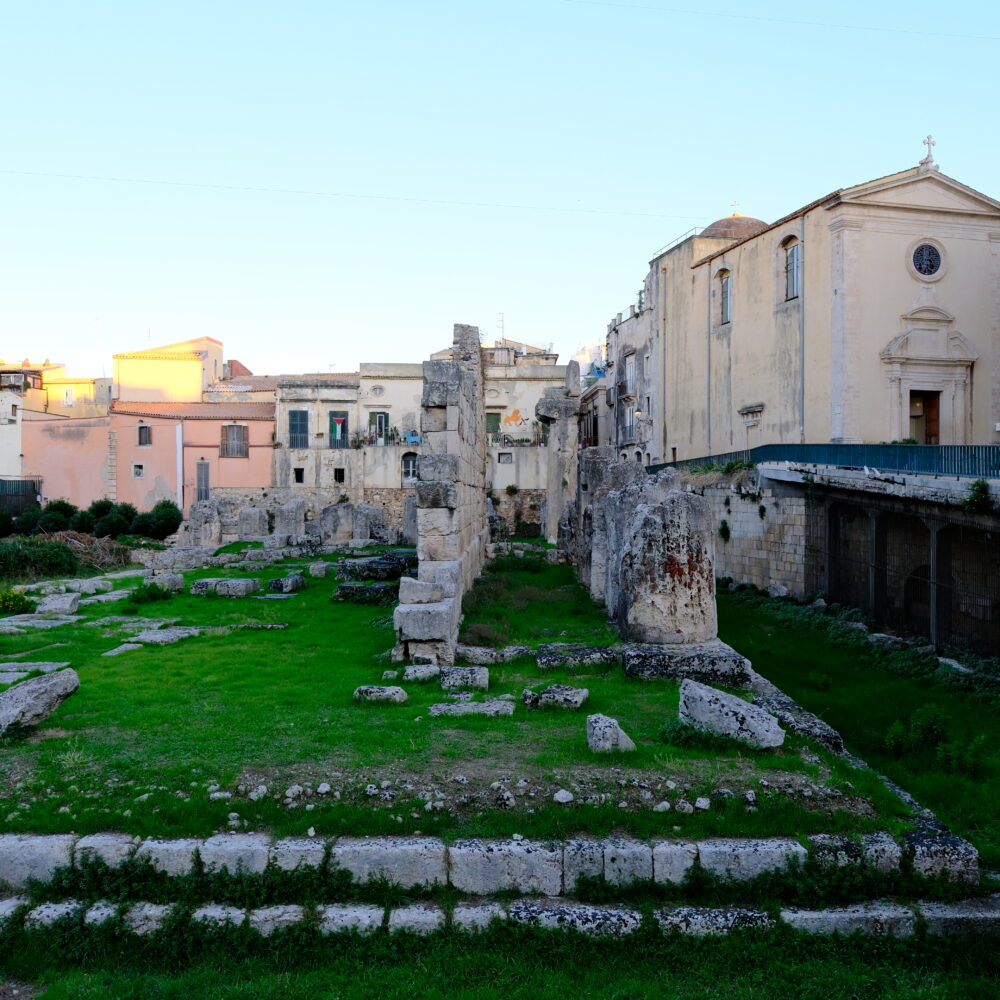
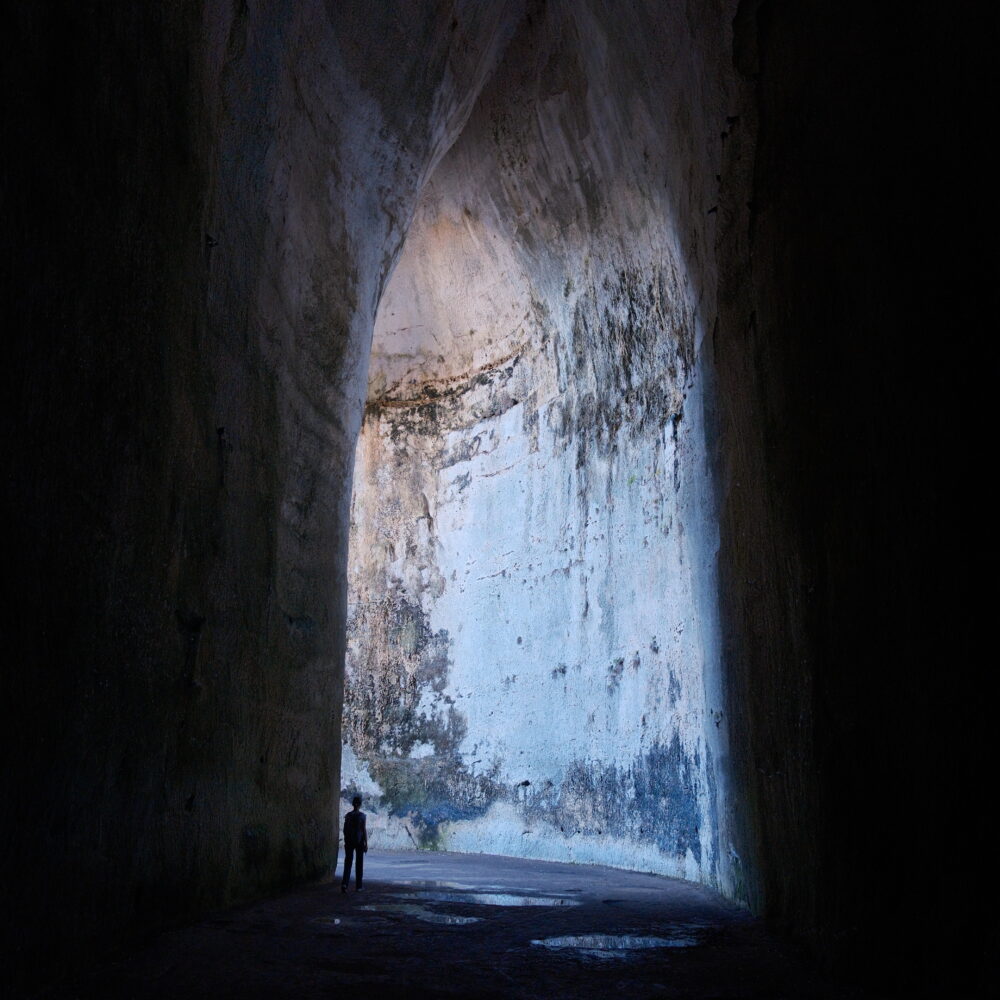
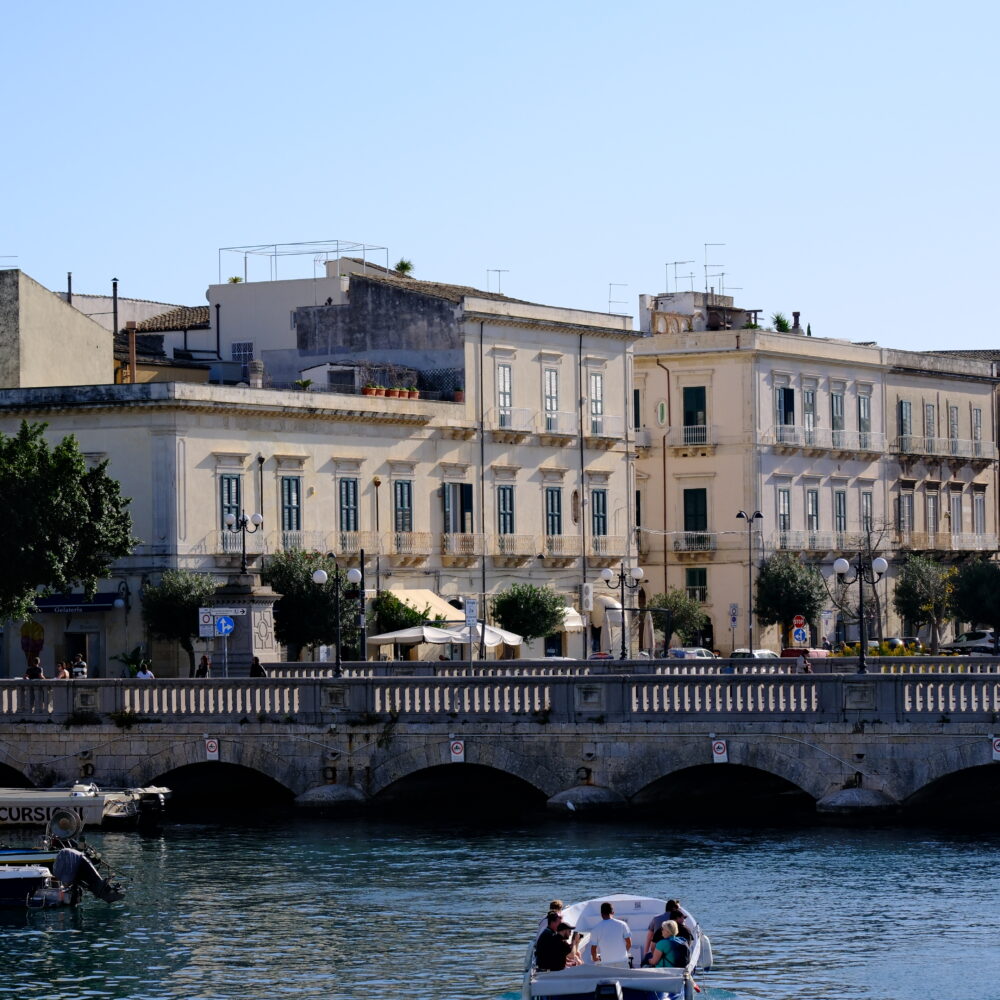


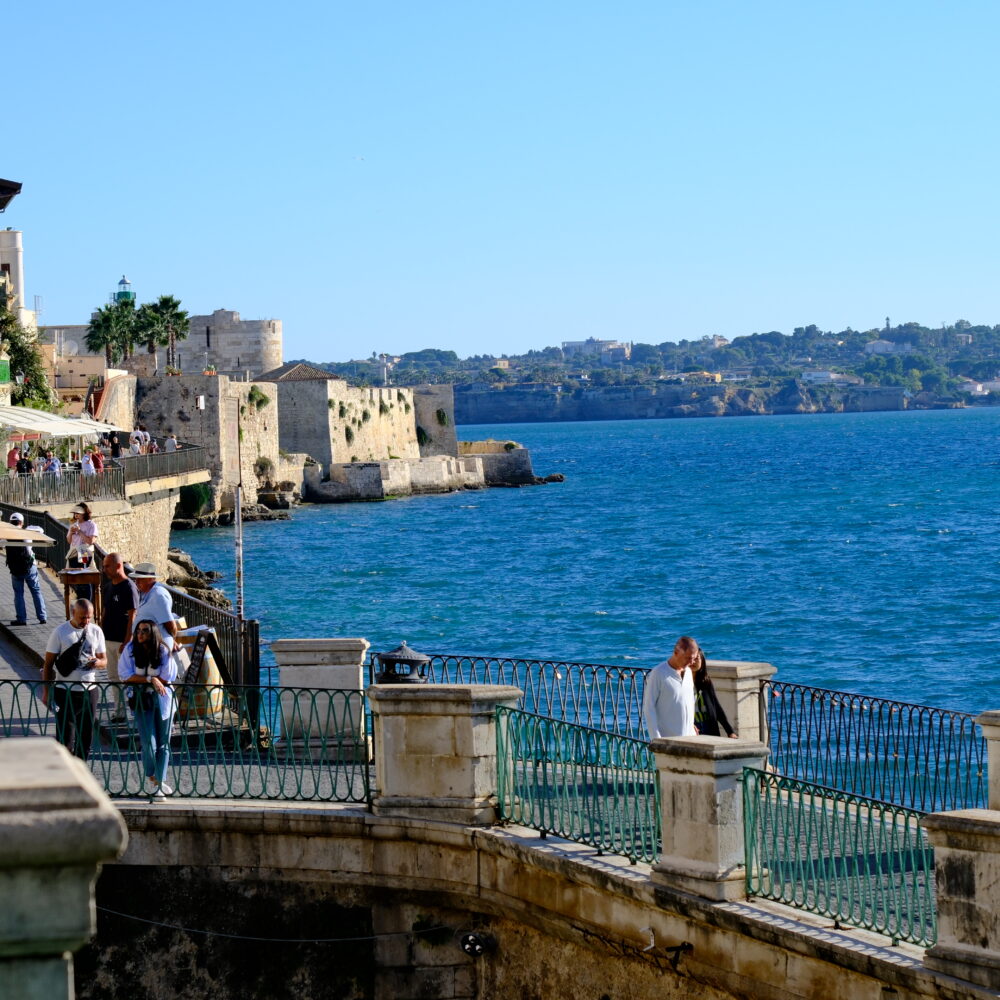
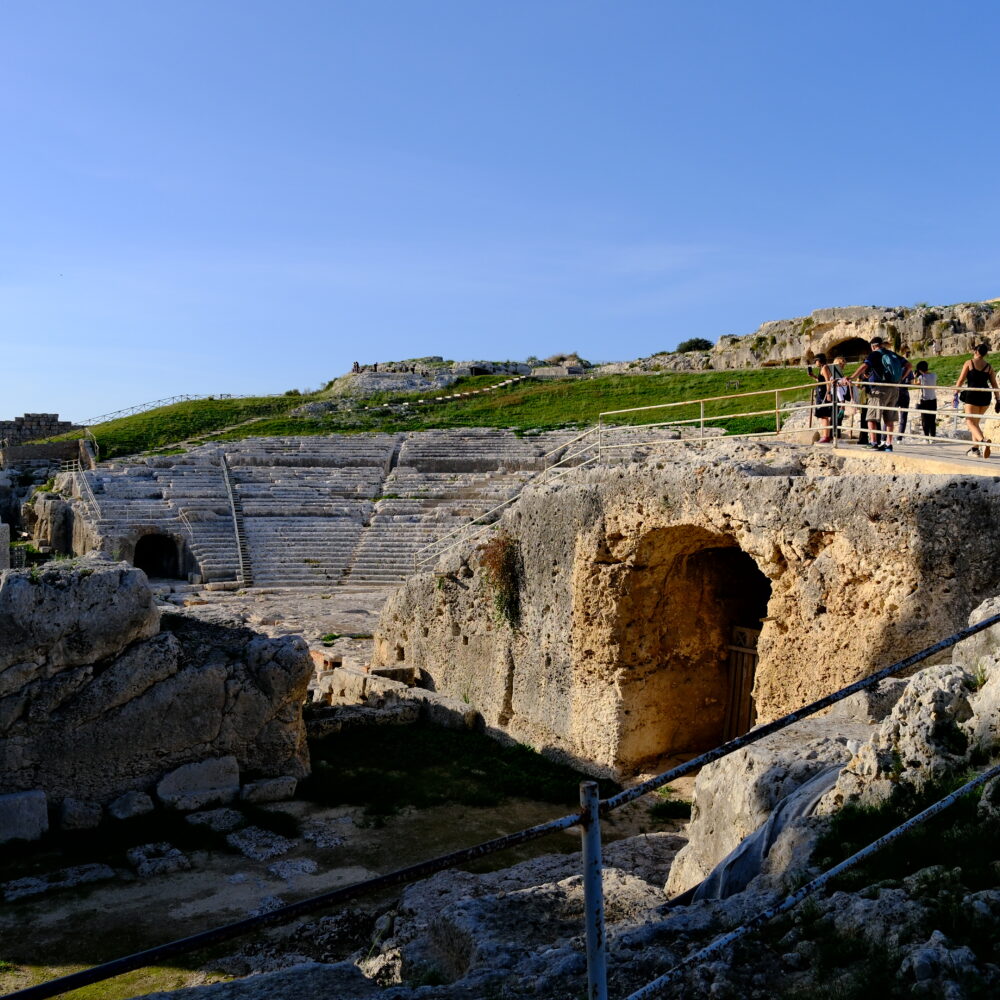

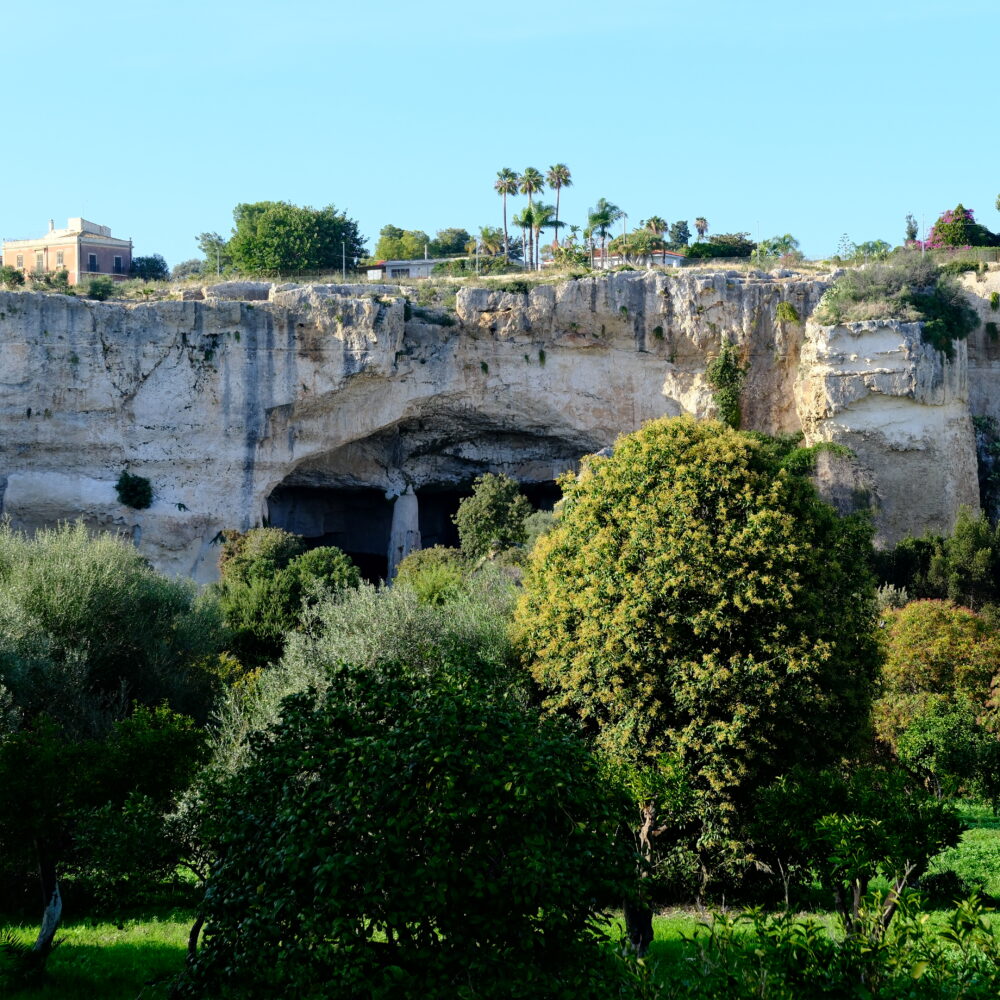

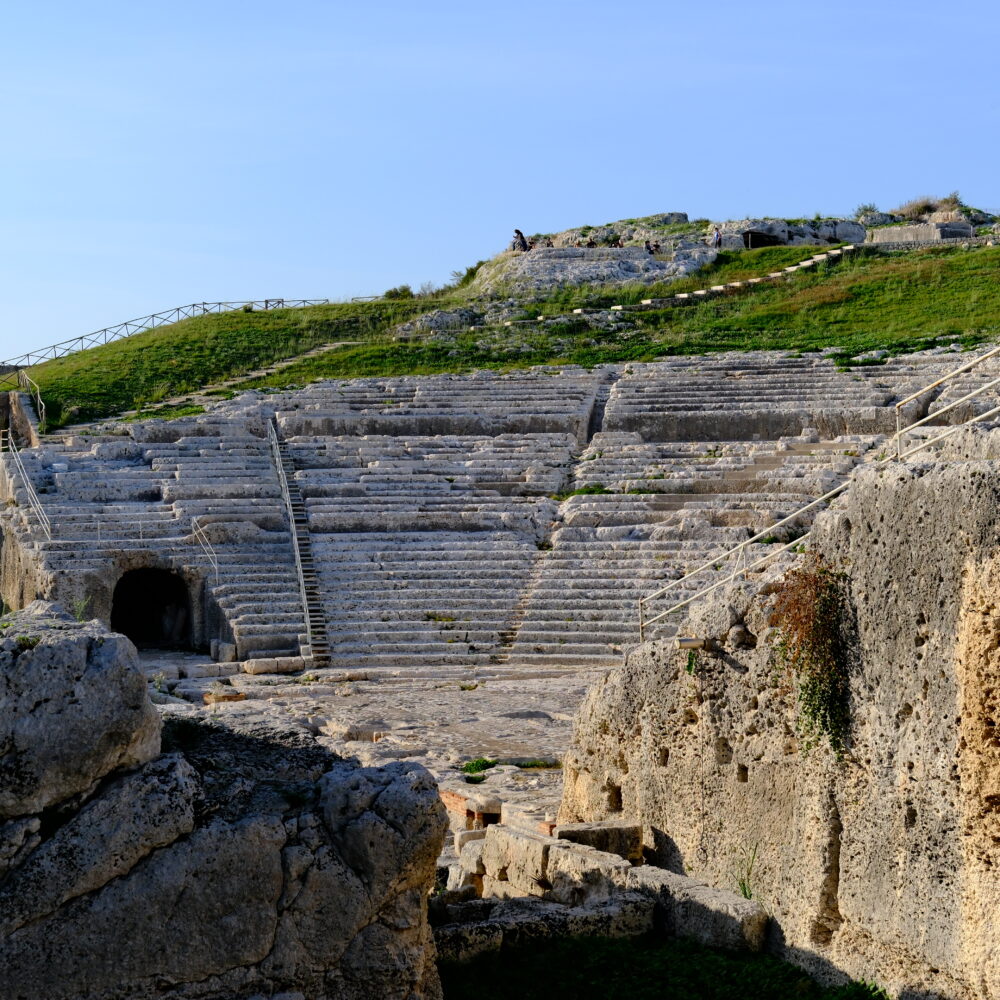


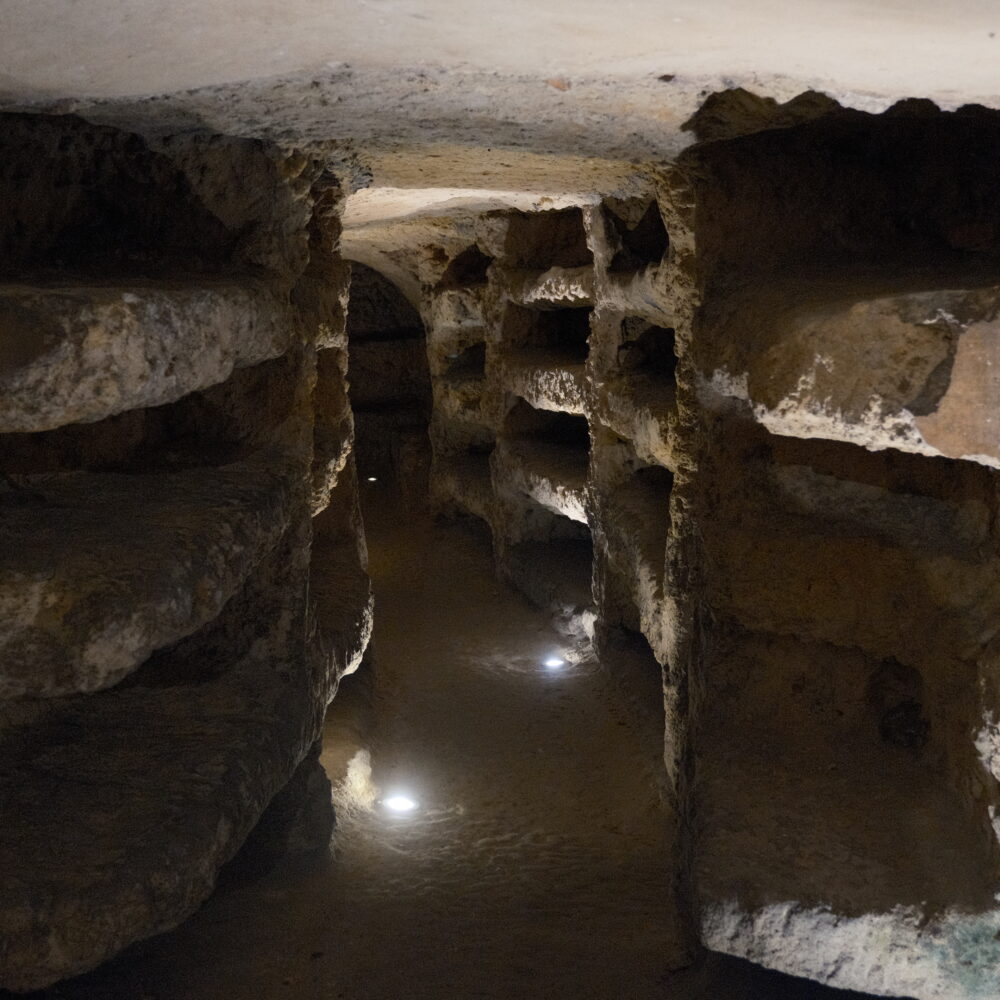
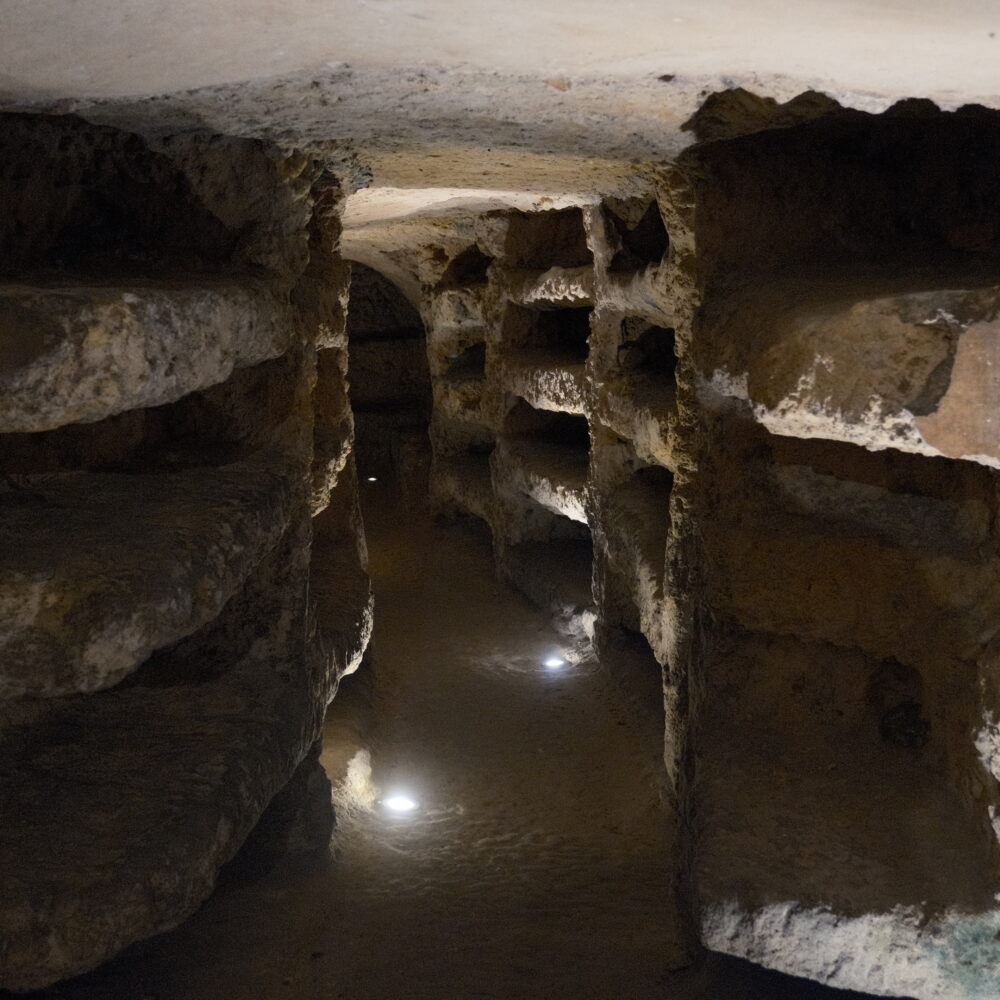
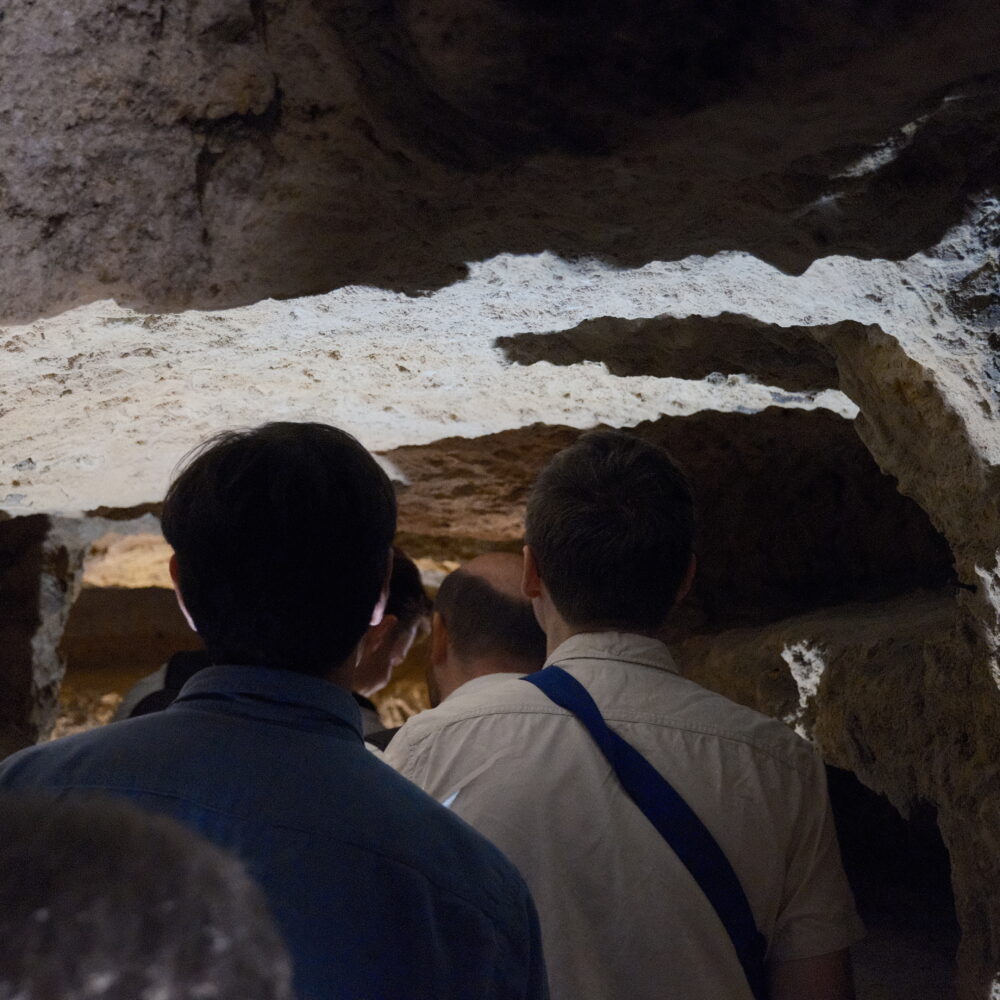
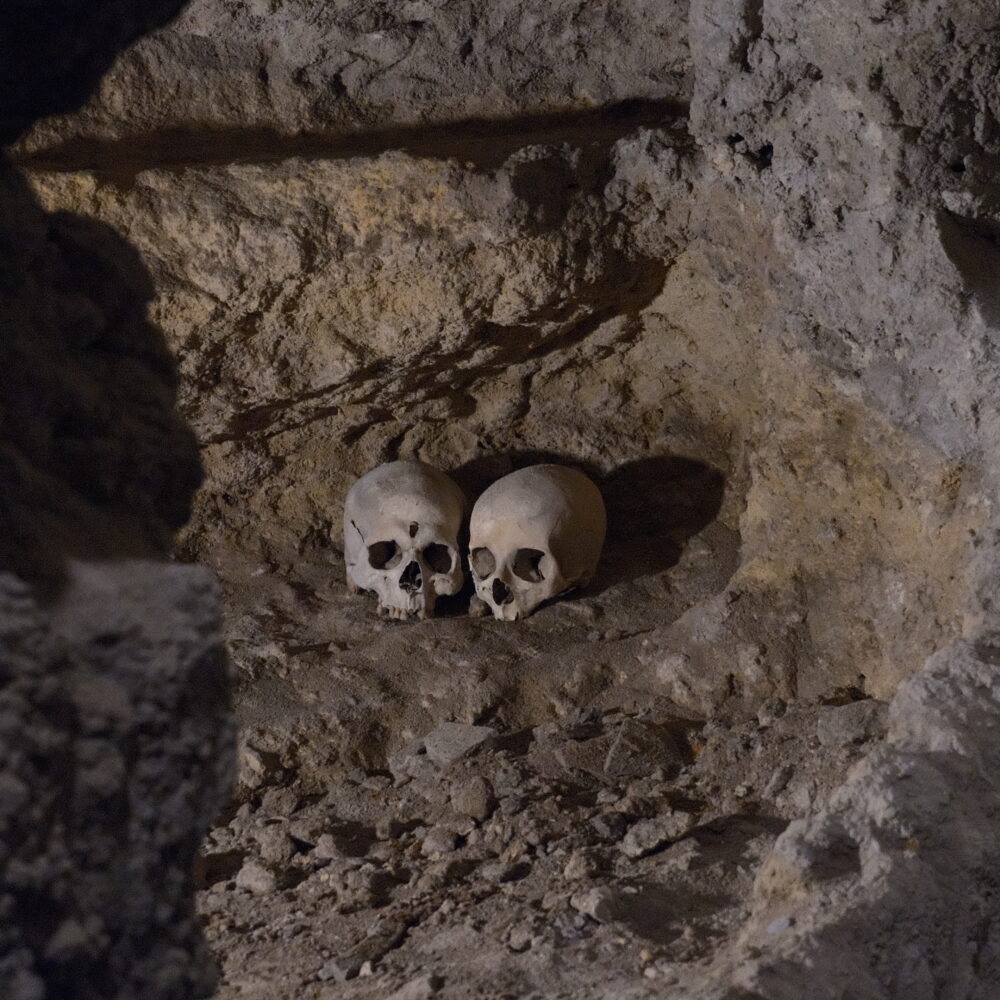
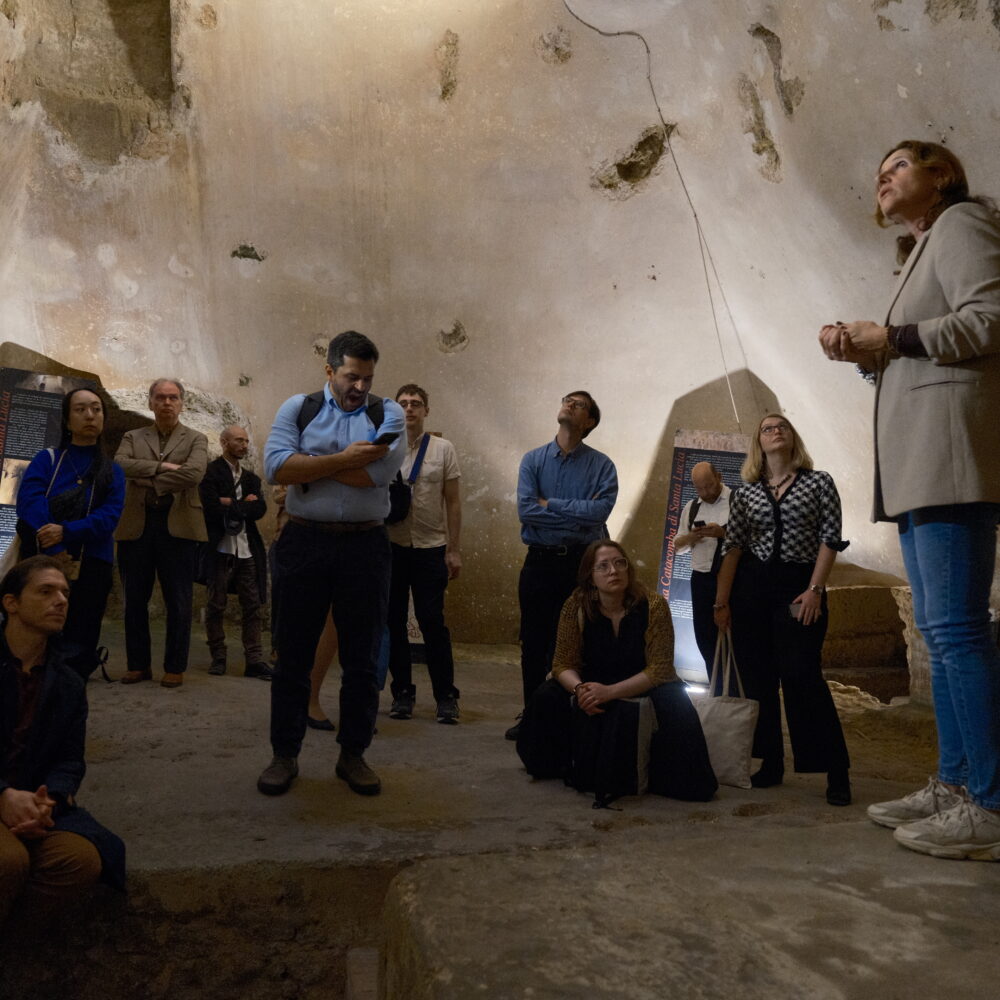
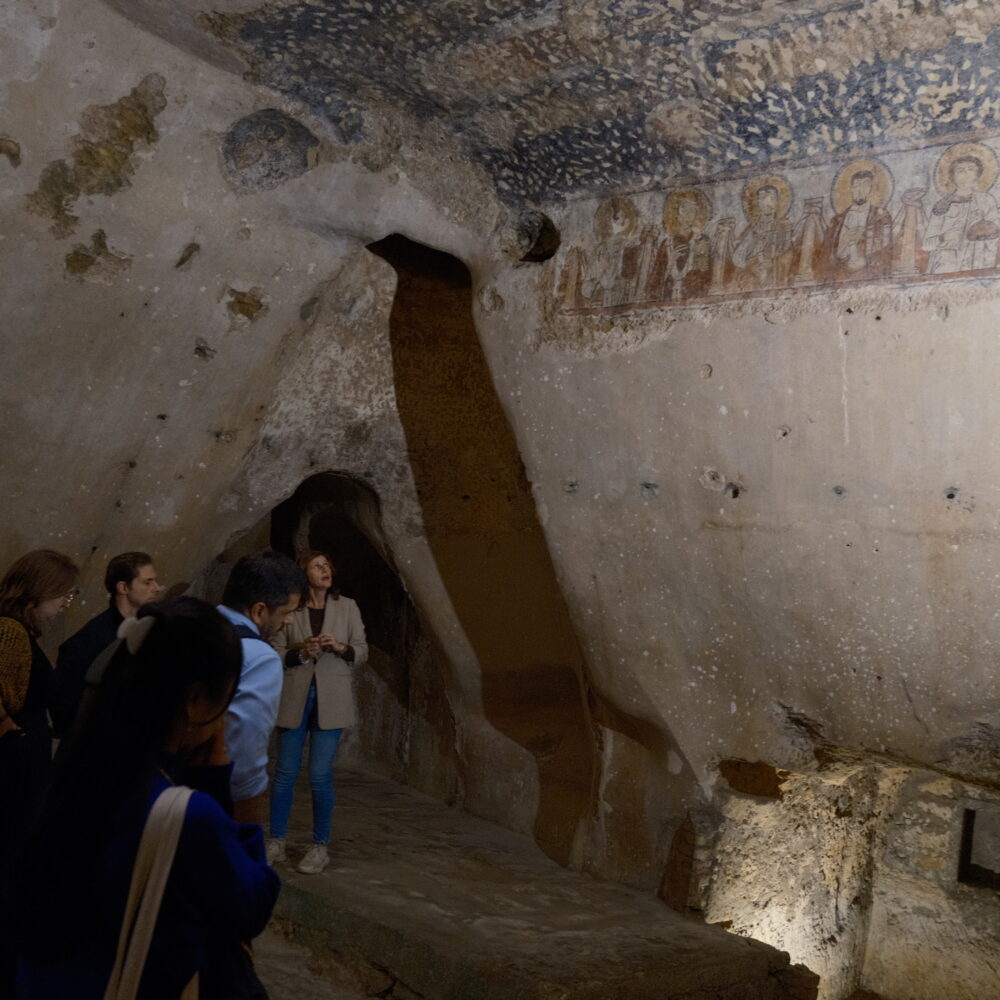

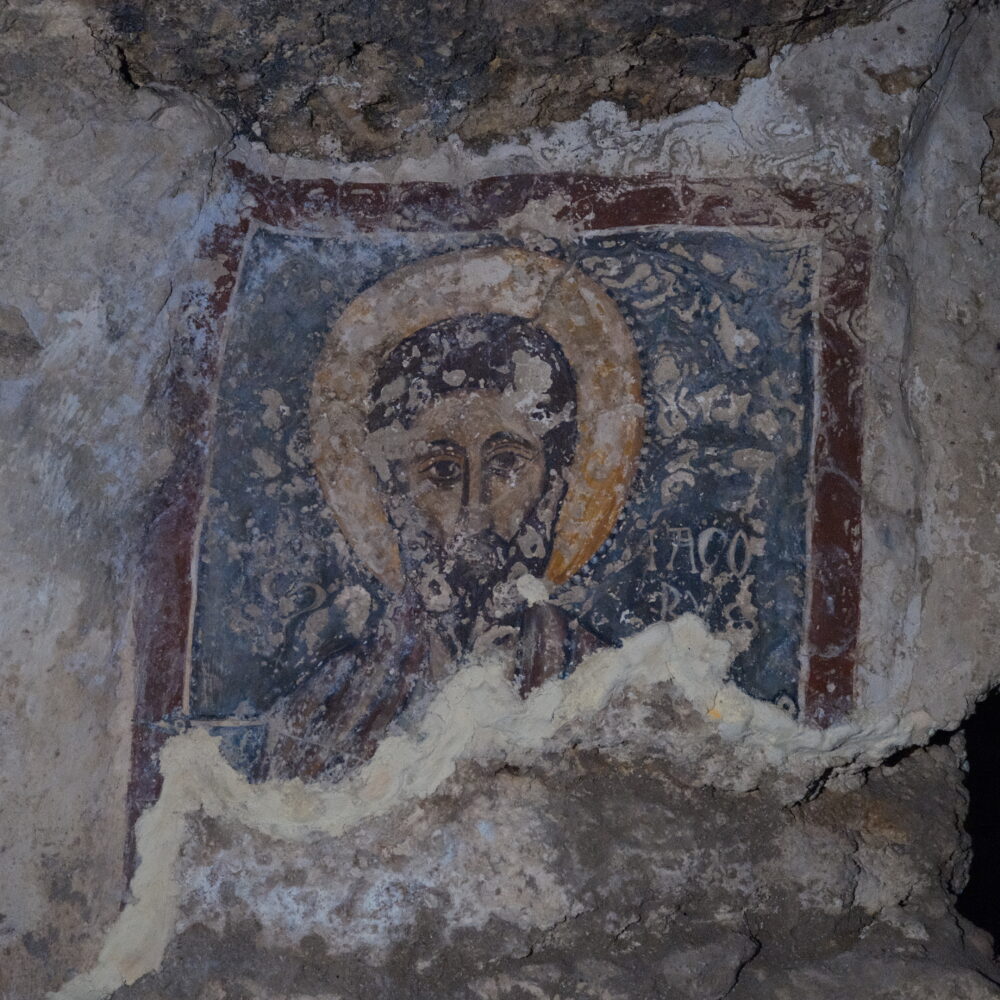
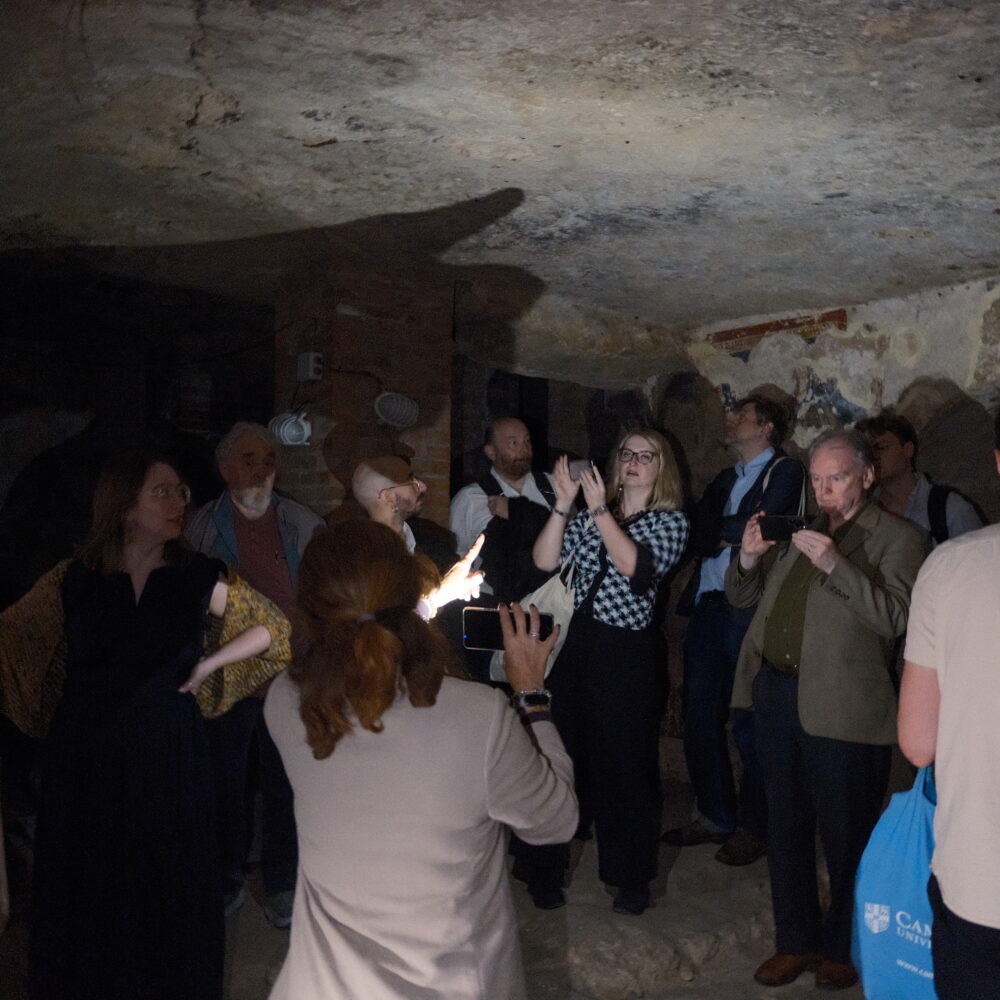
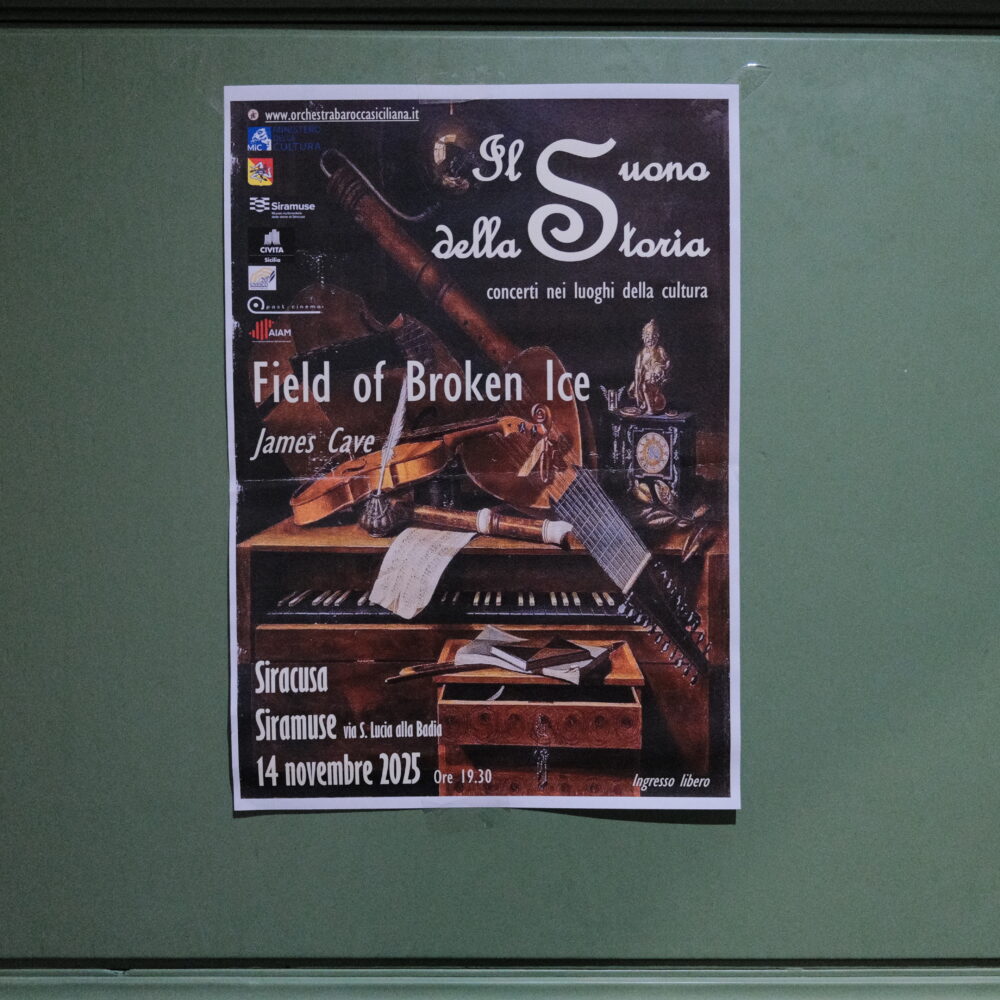


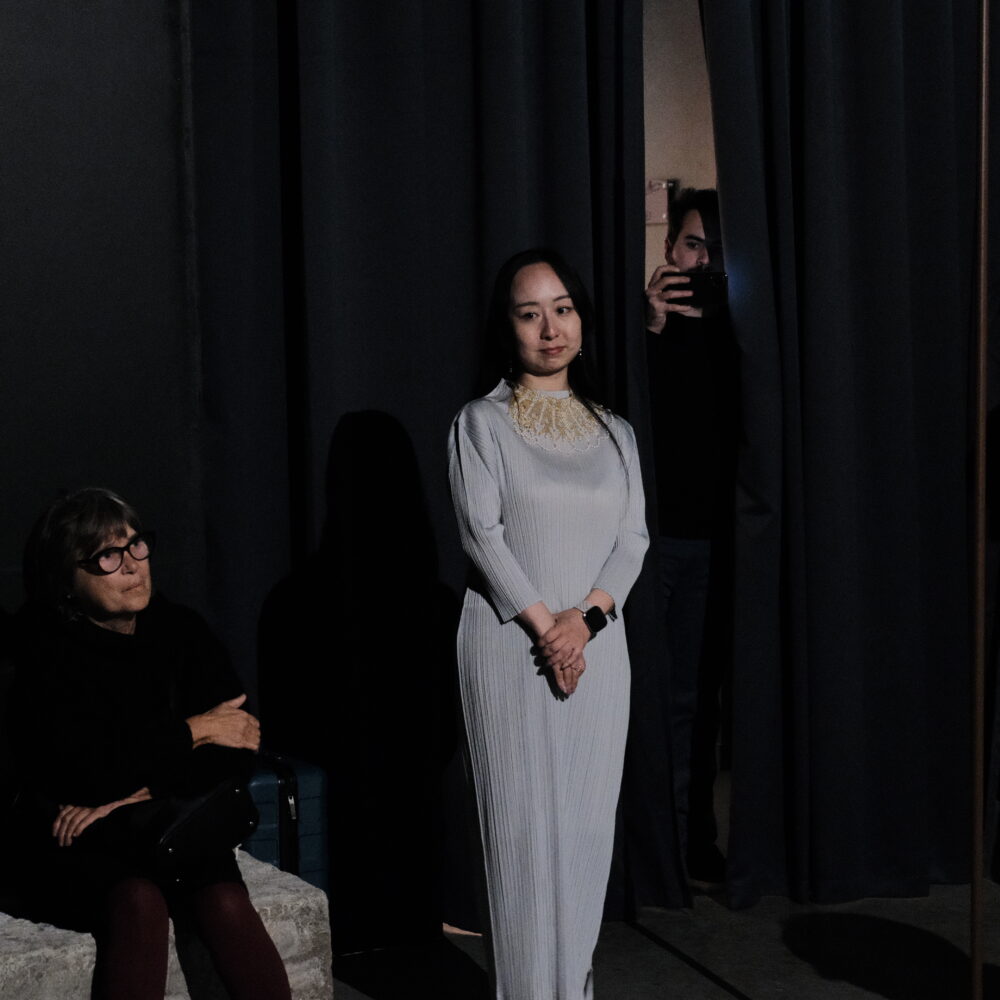
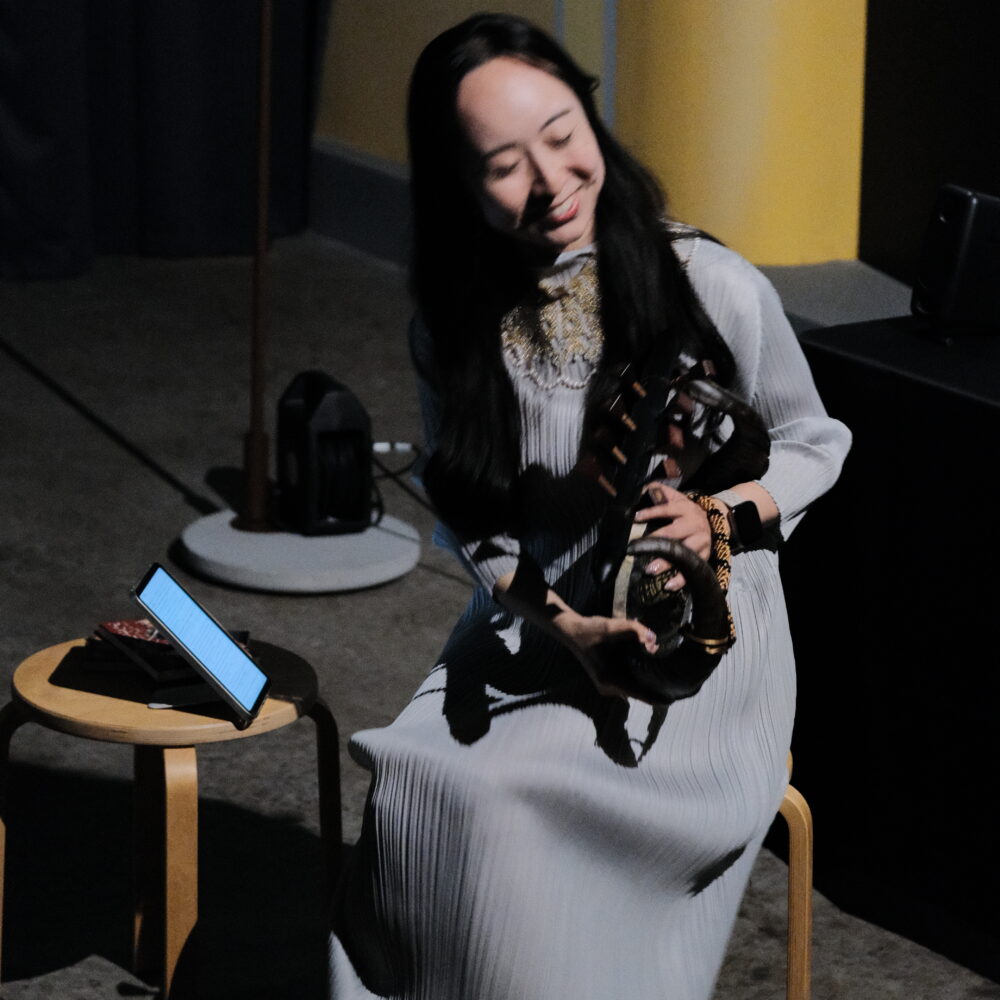
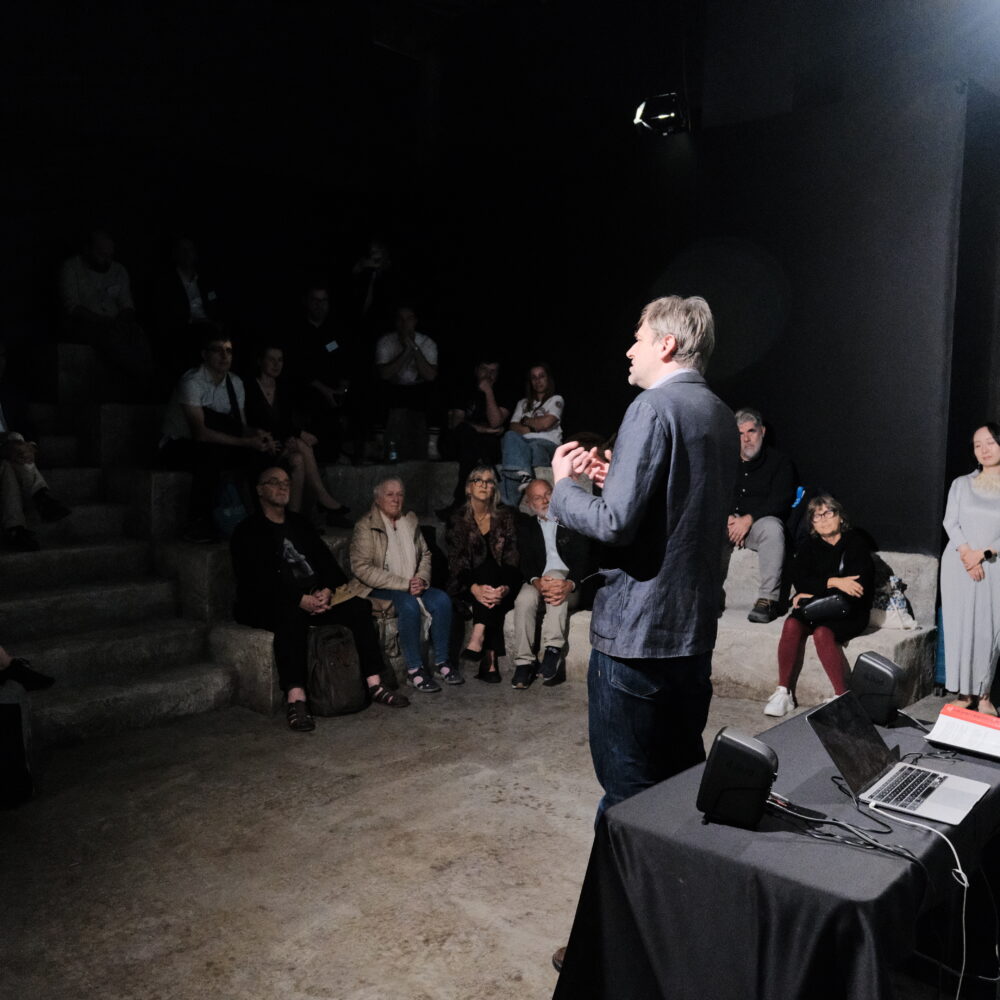

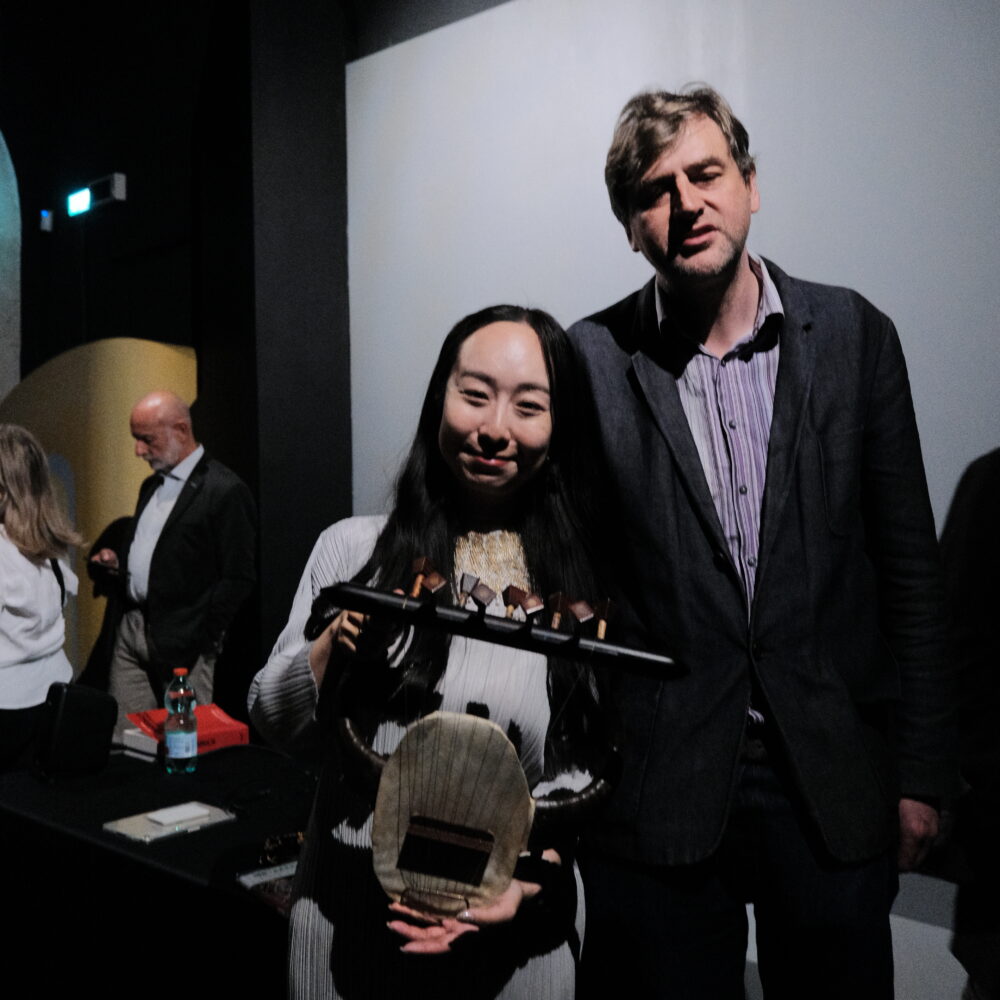

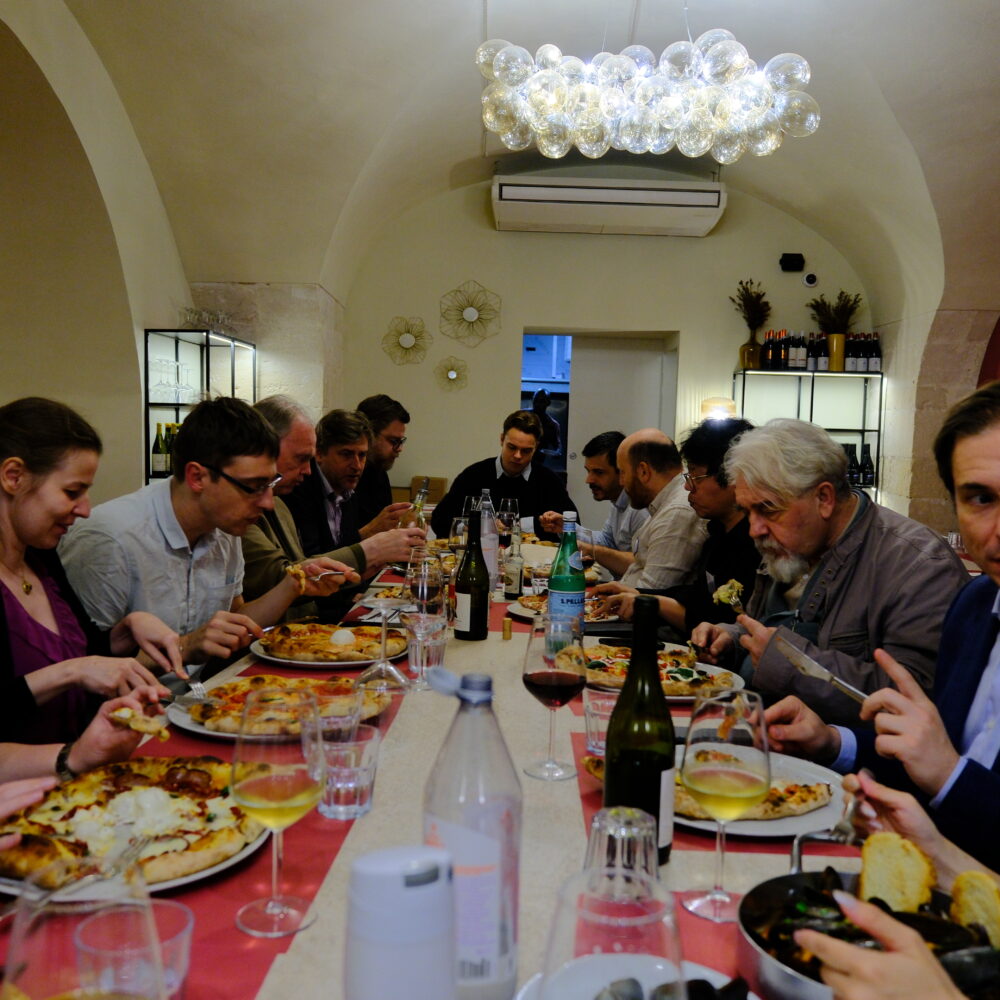
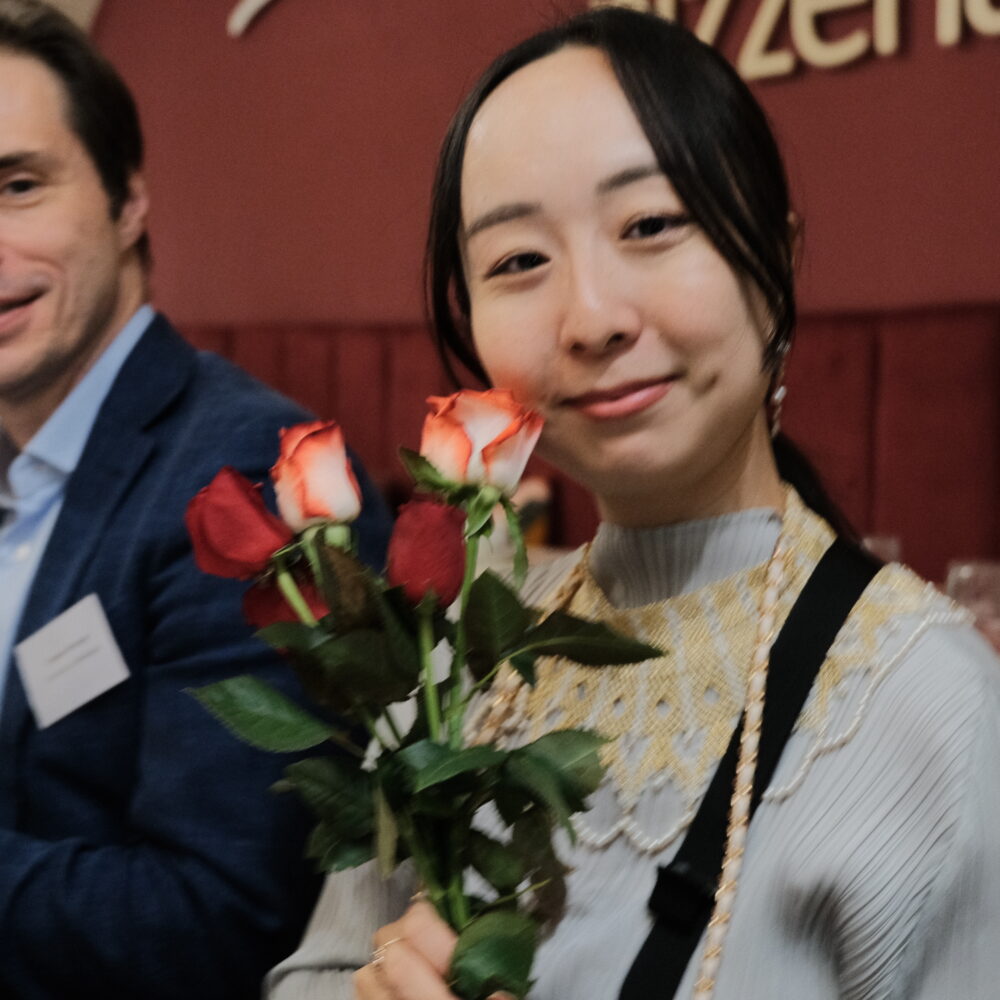

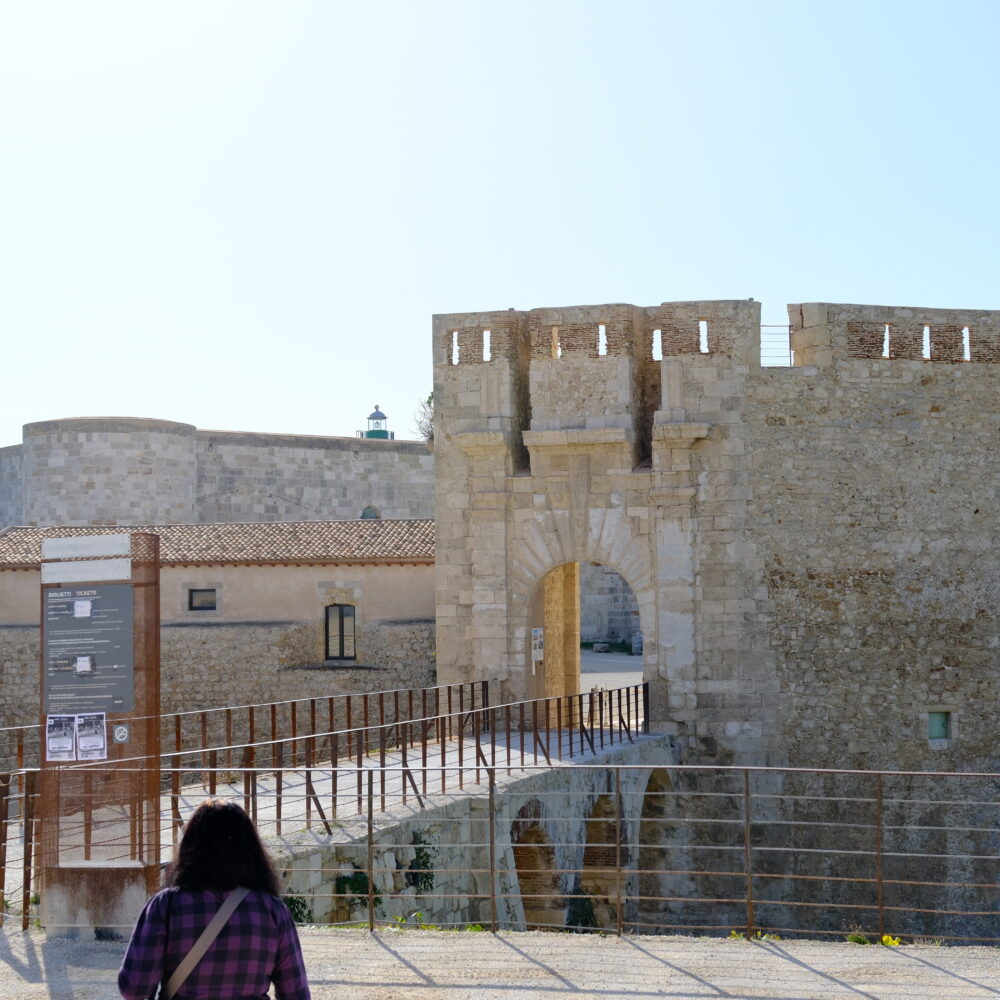
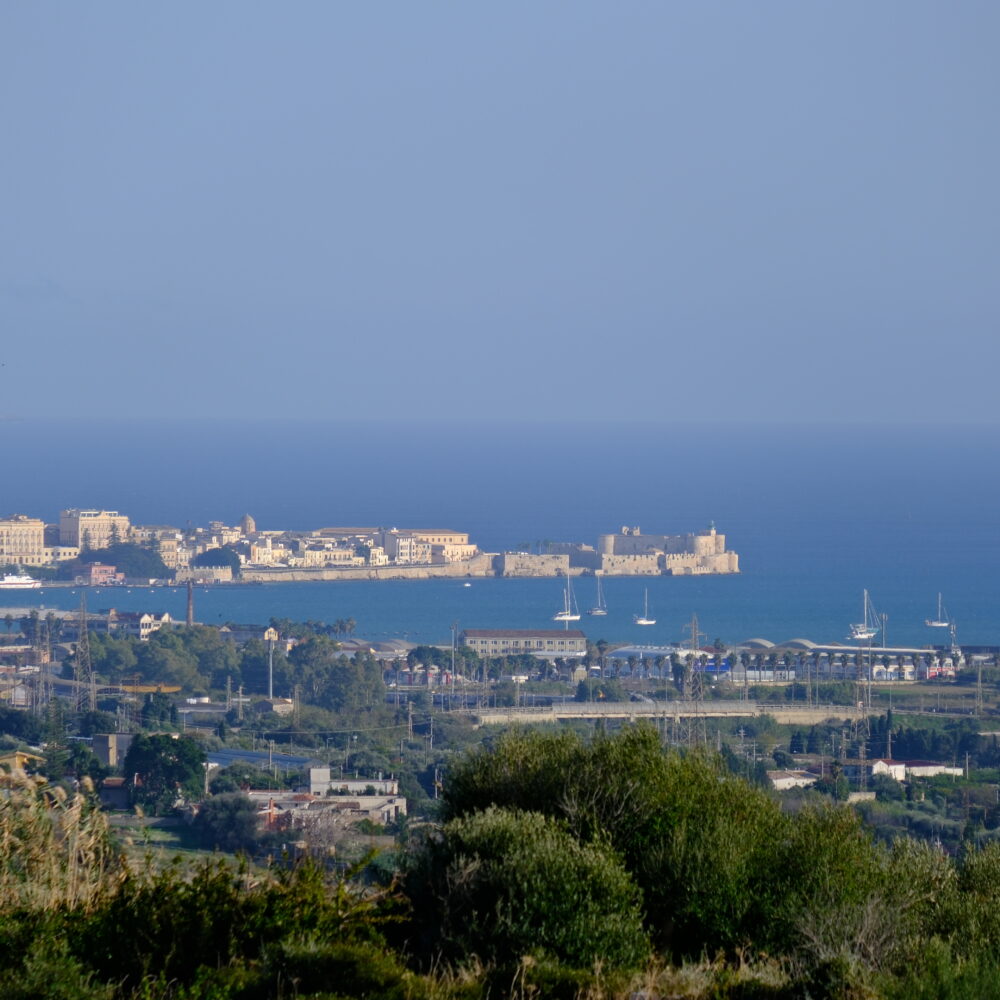
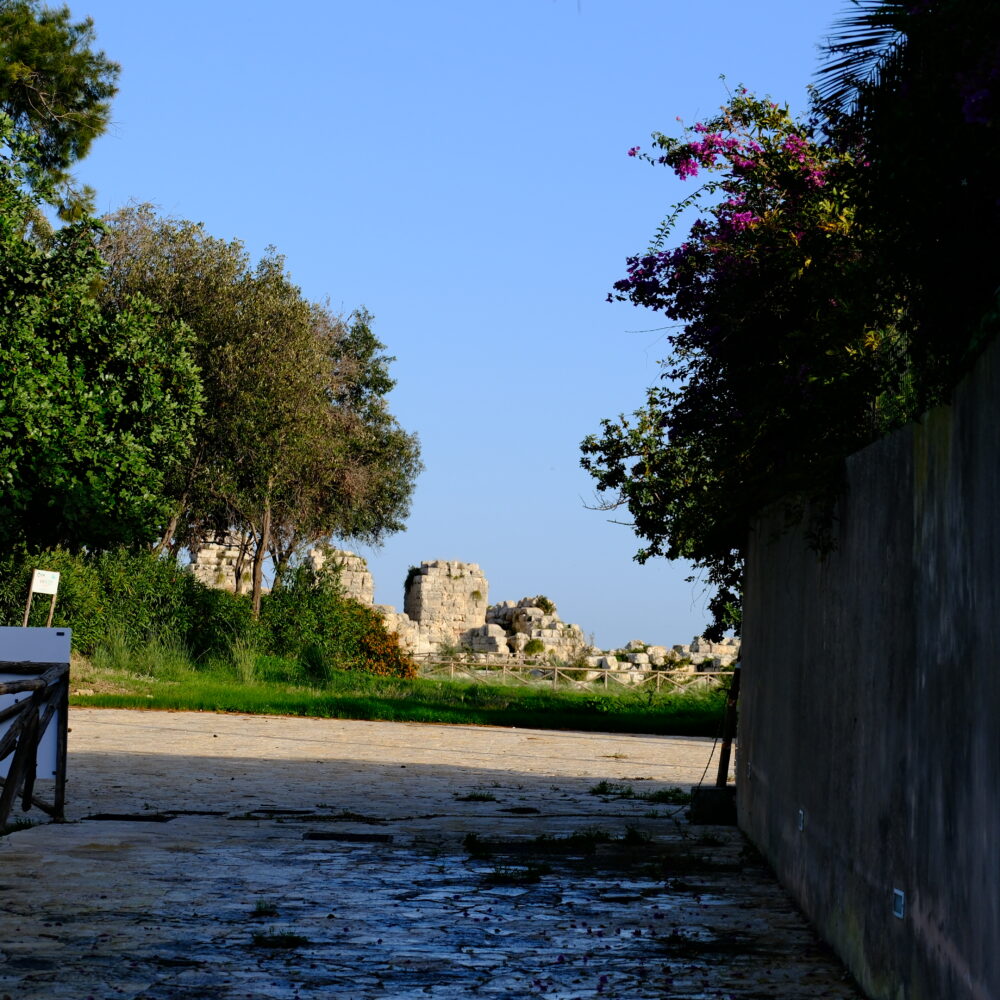
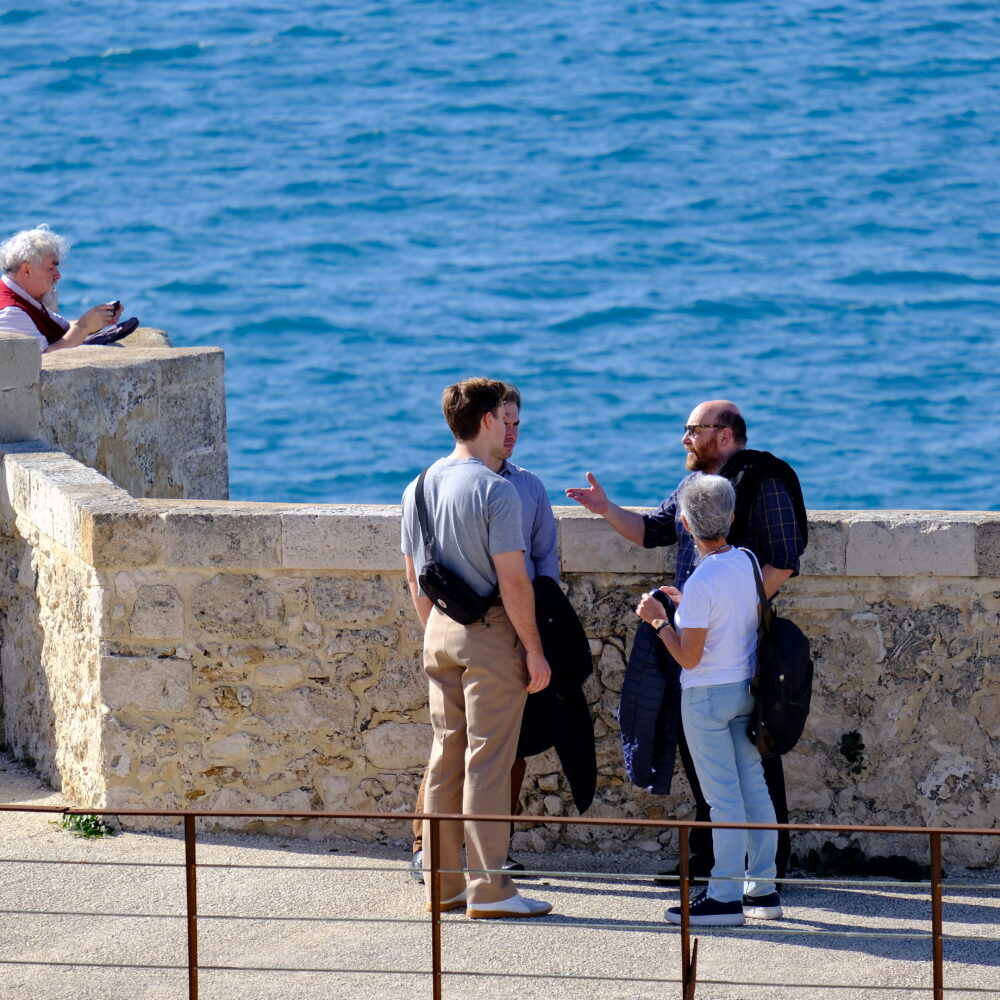

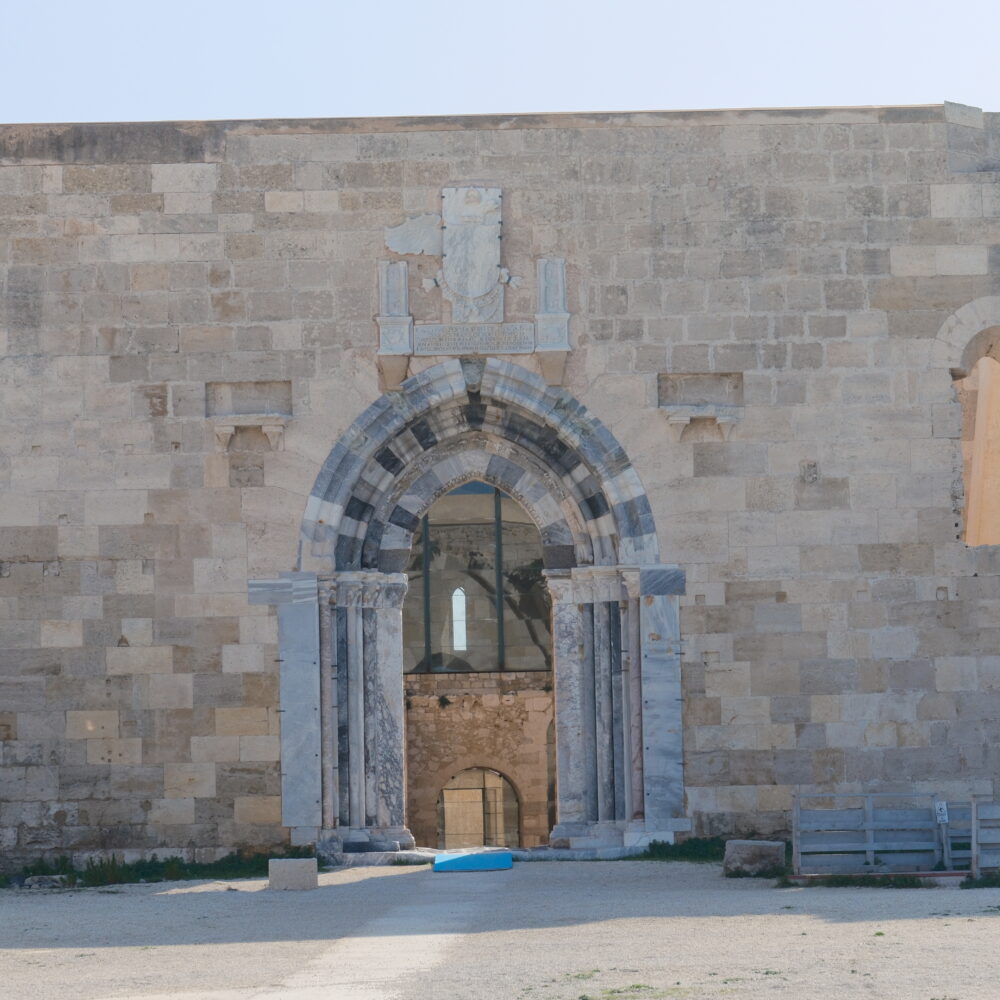
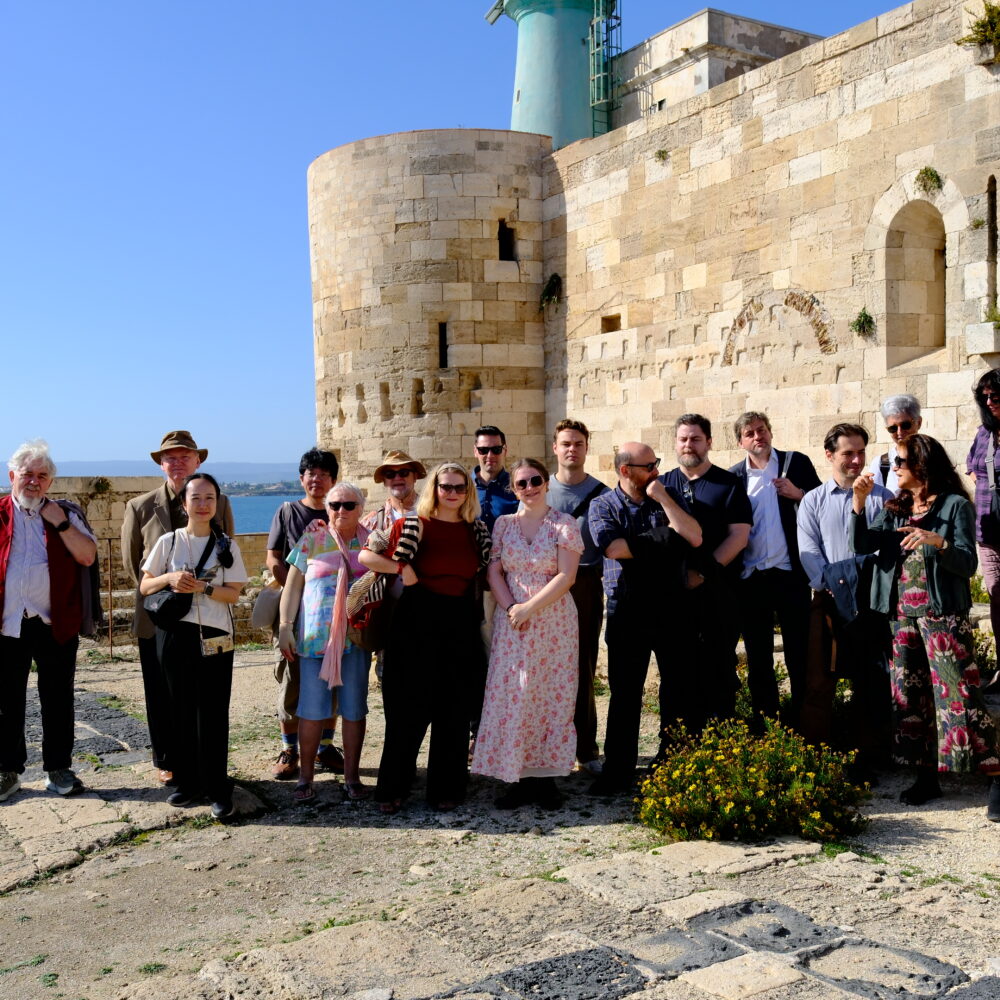
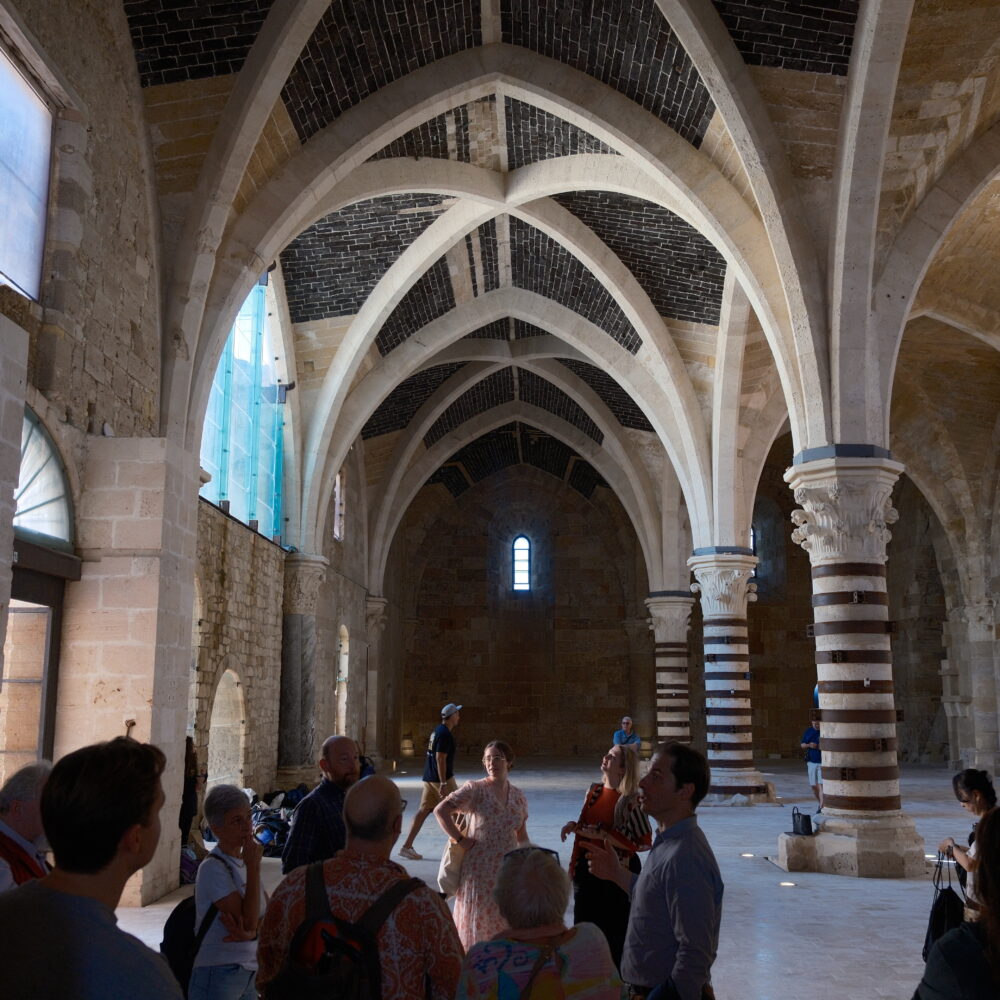


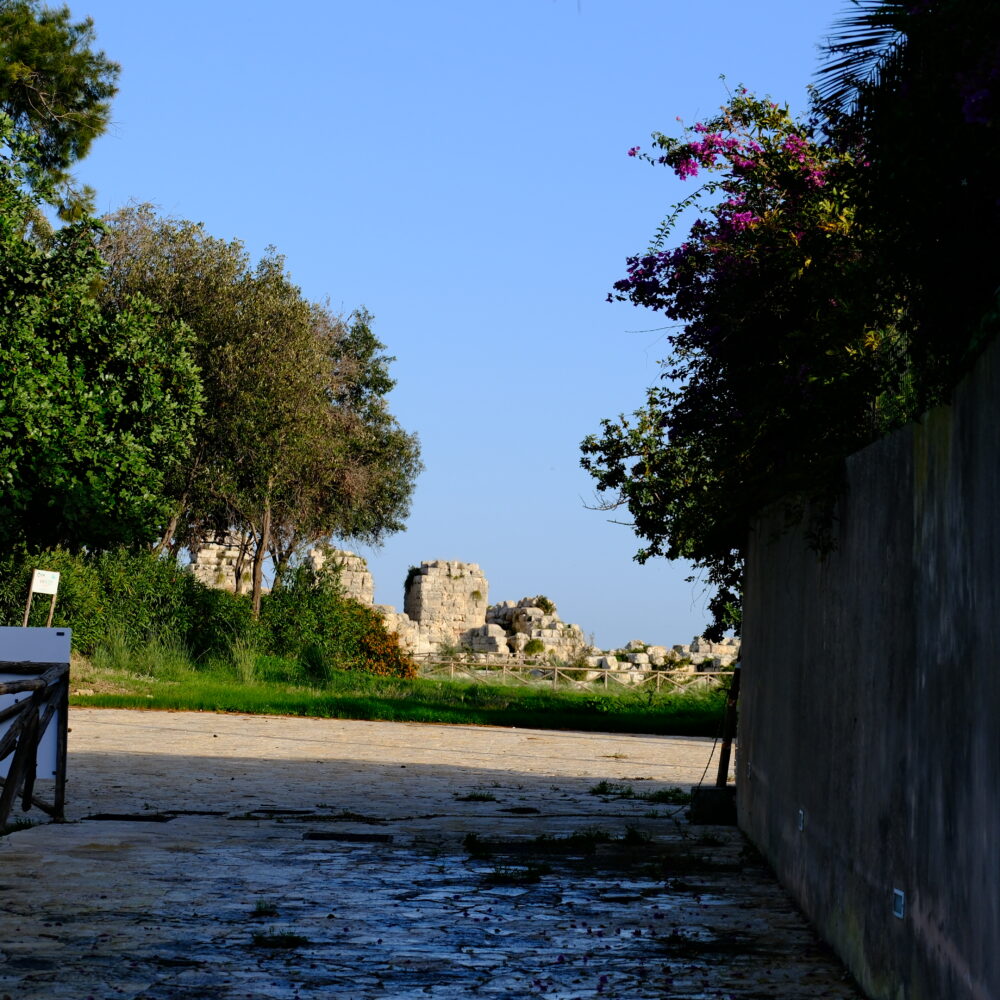
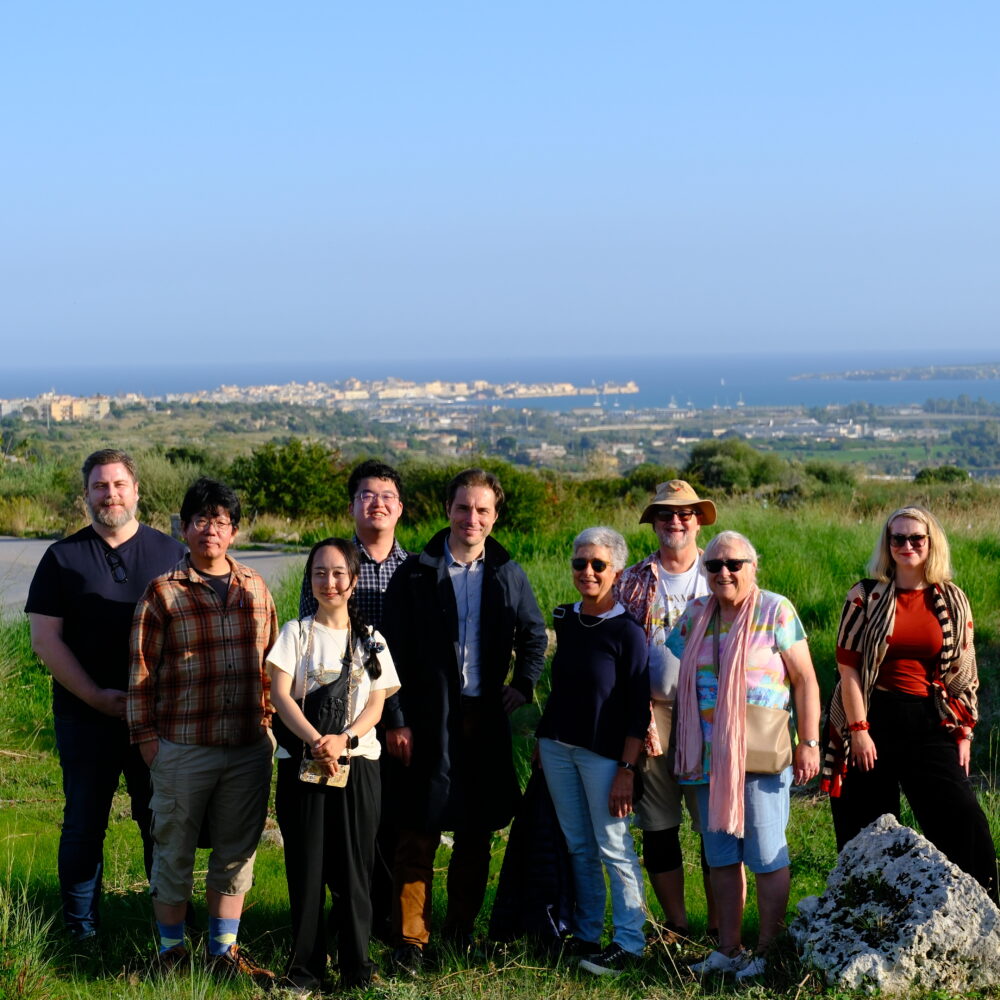
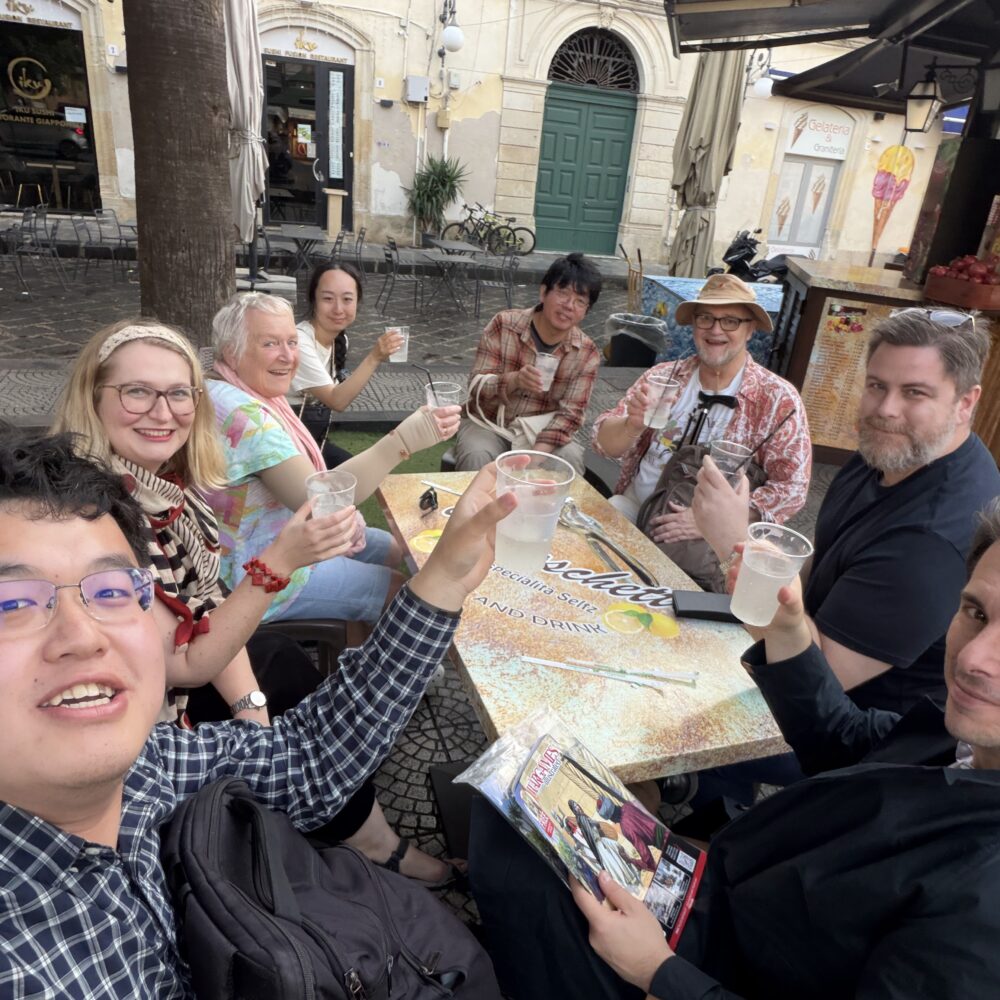
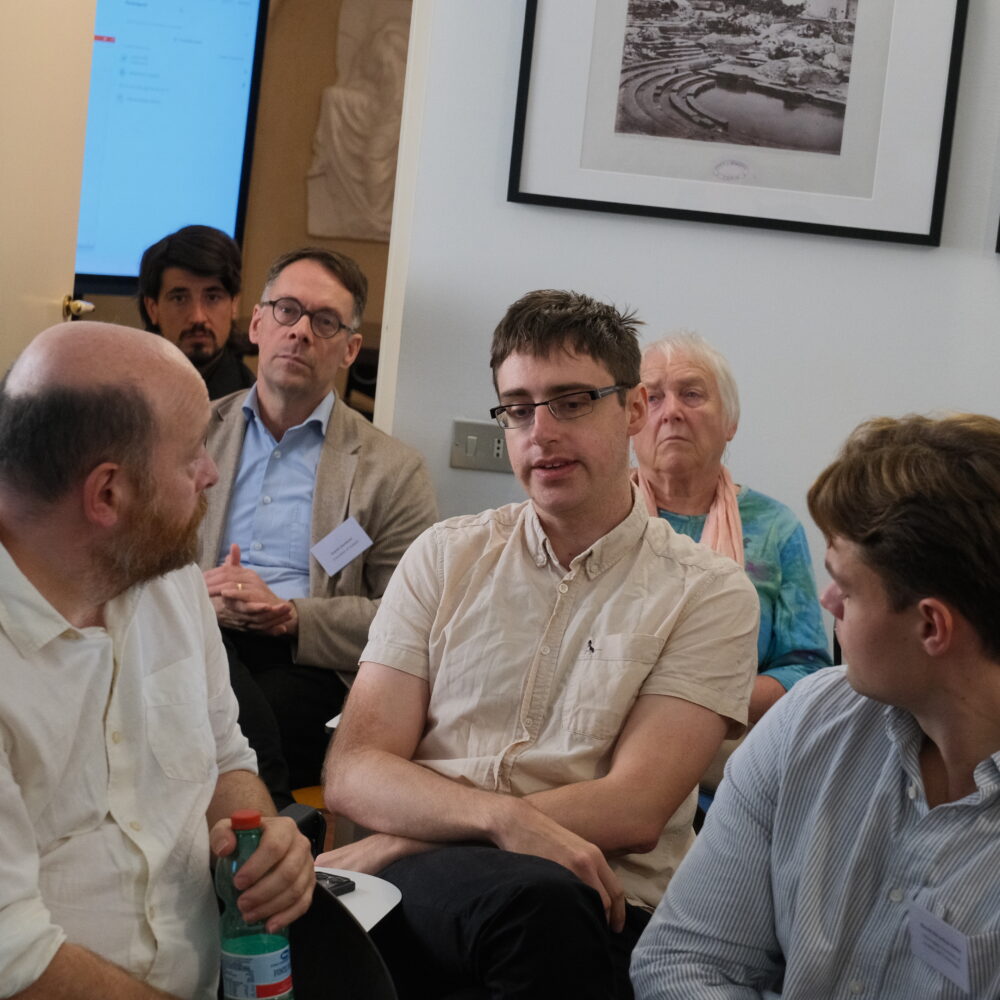
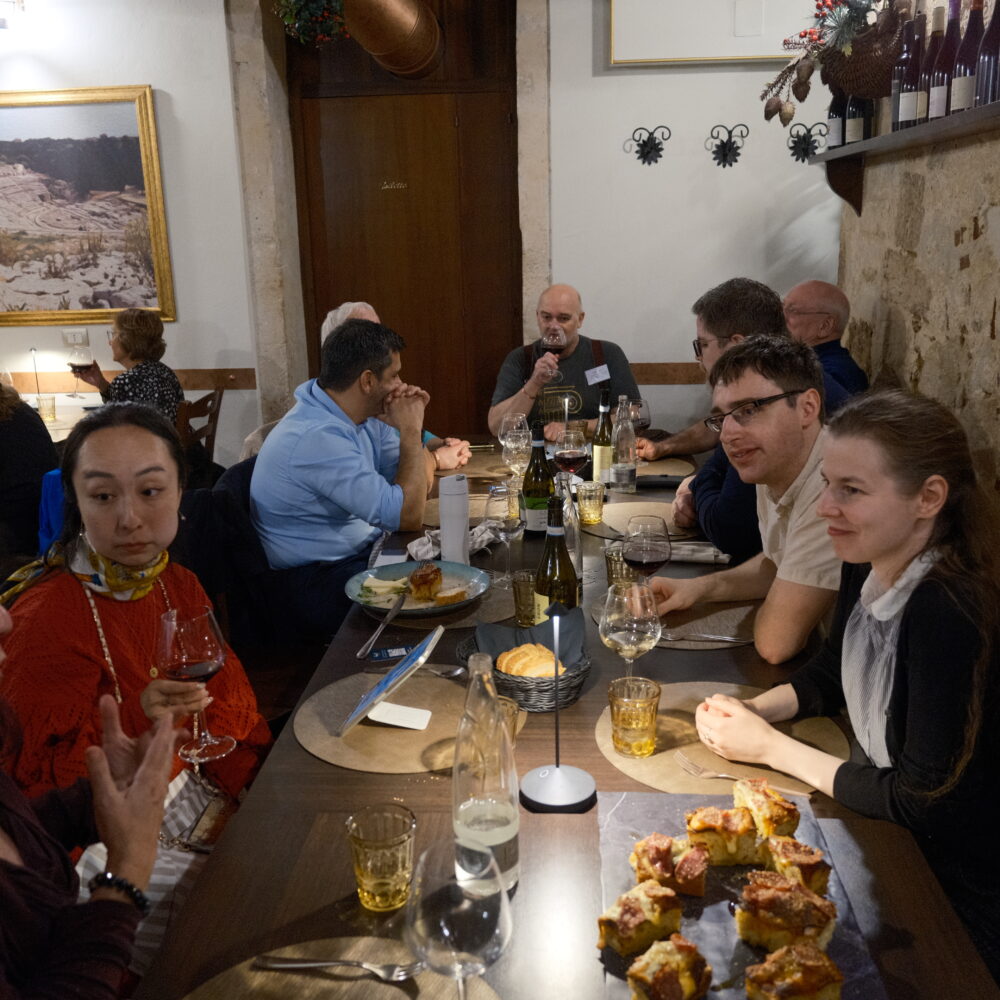
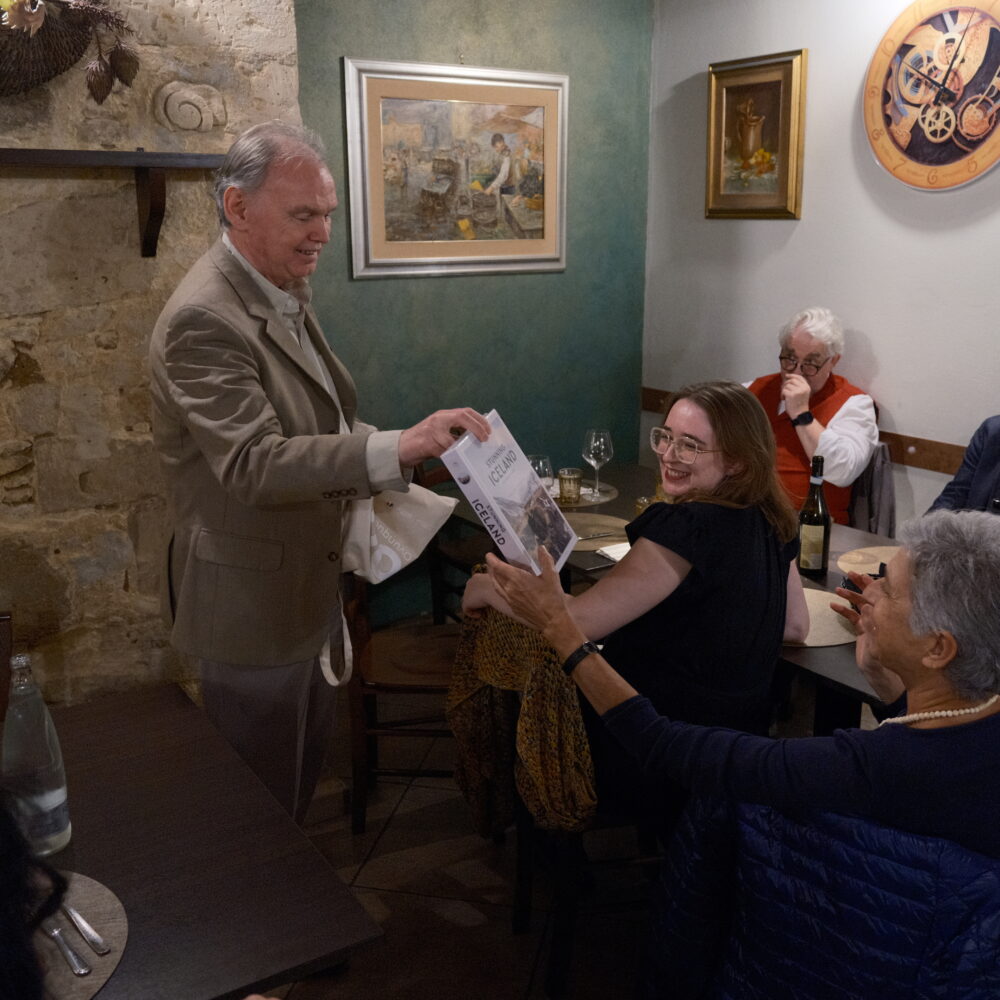
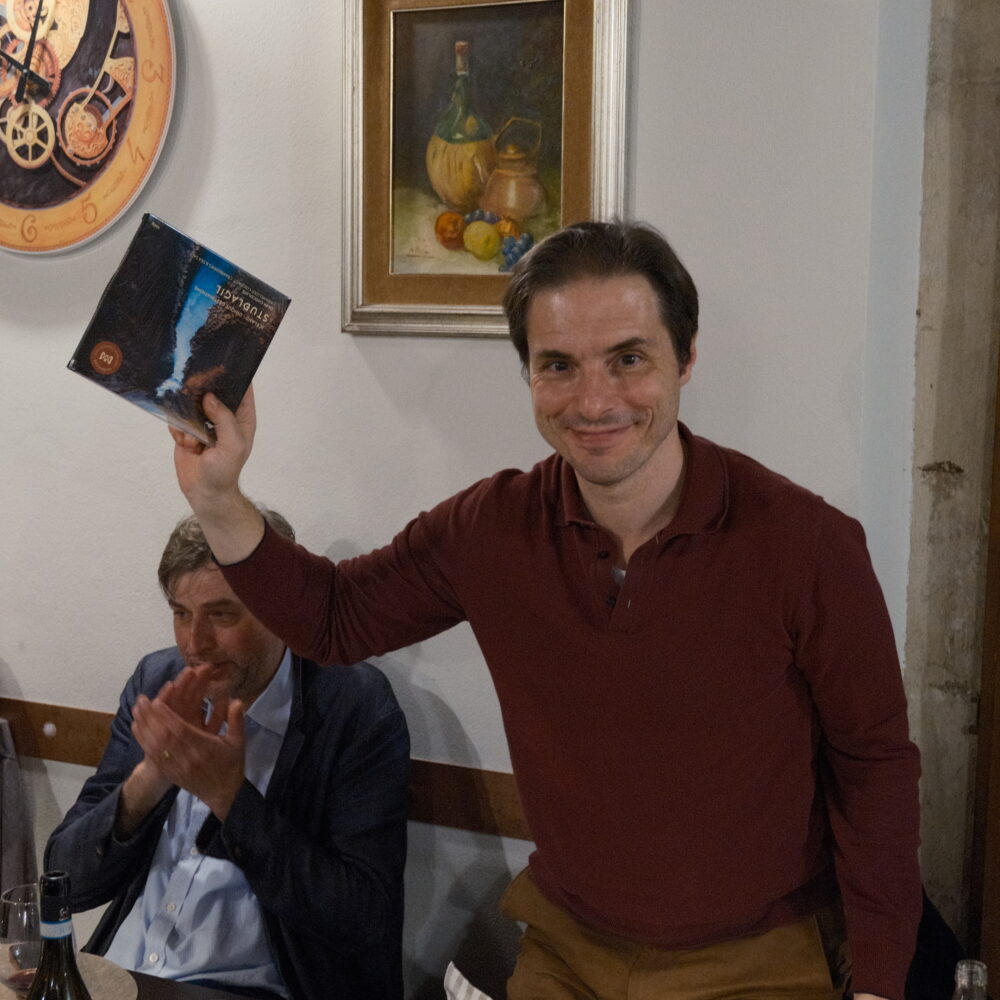



Recent comments